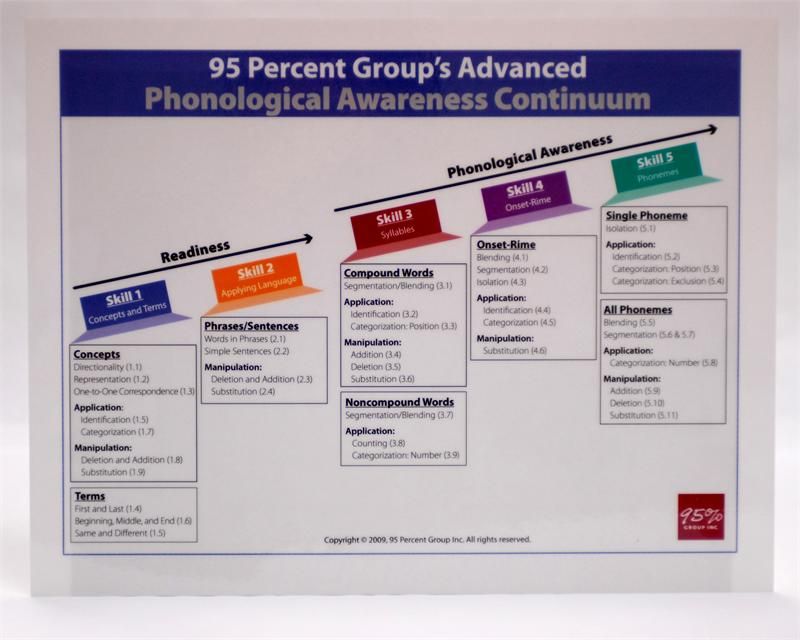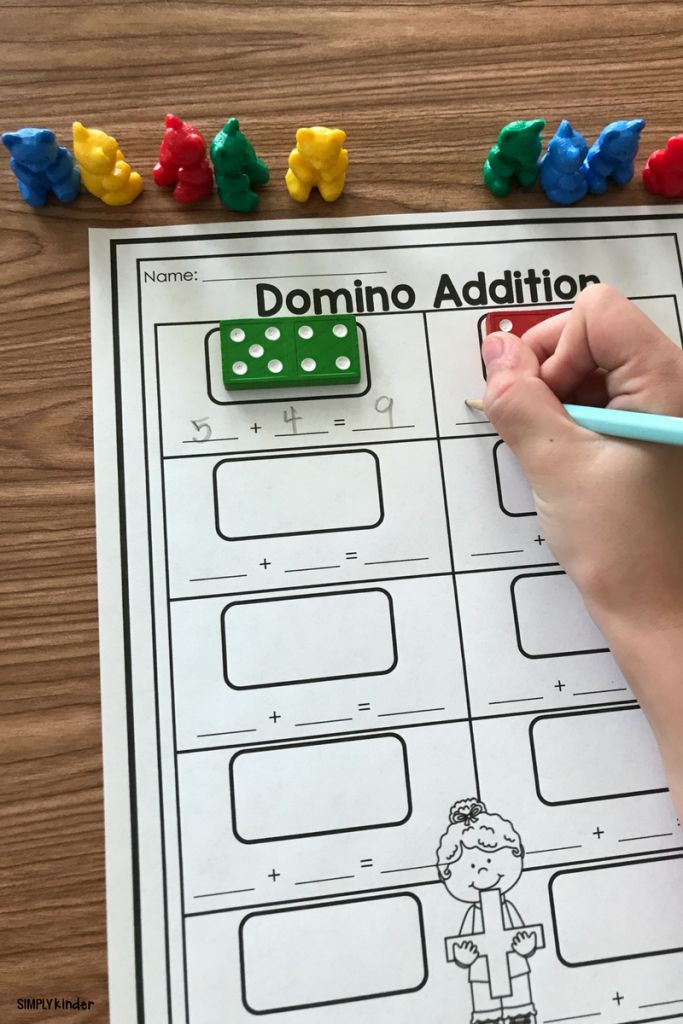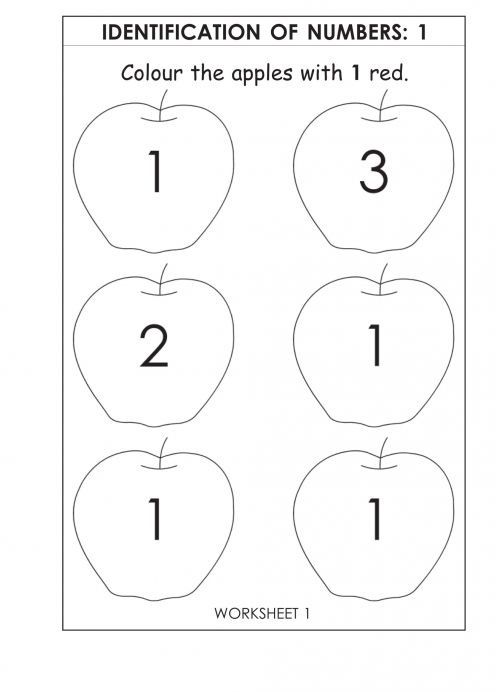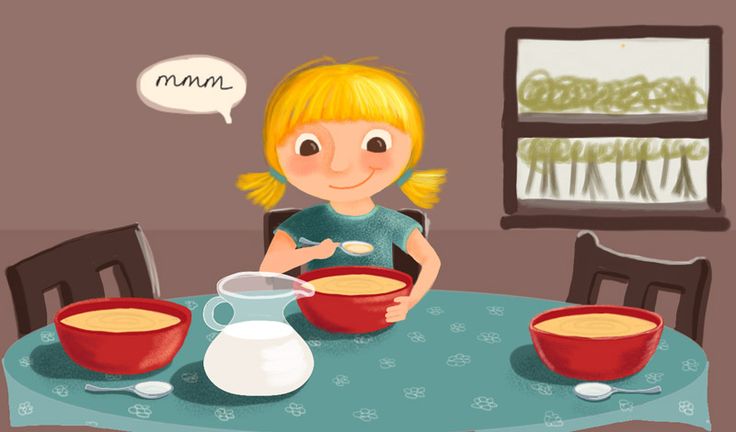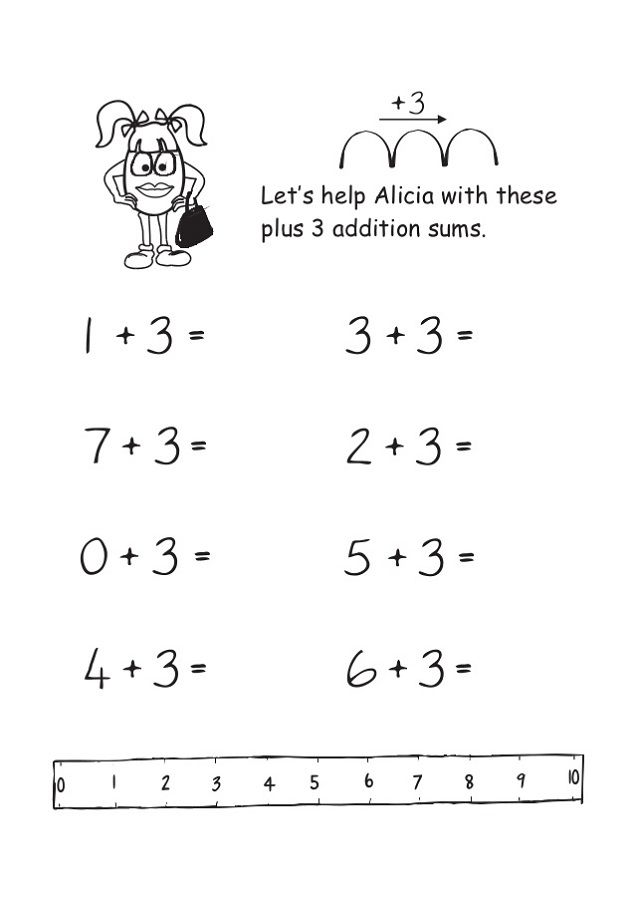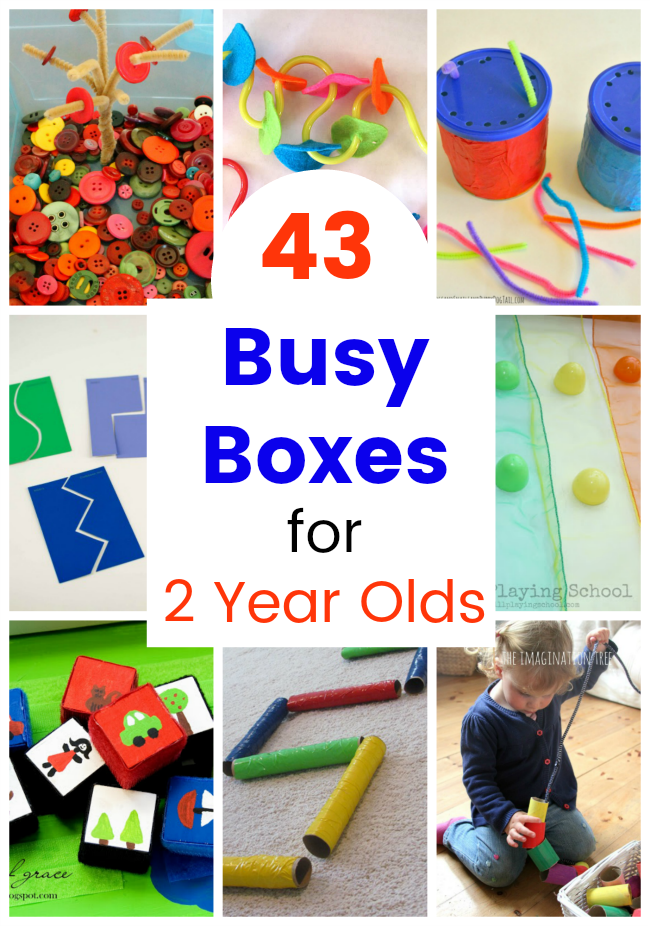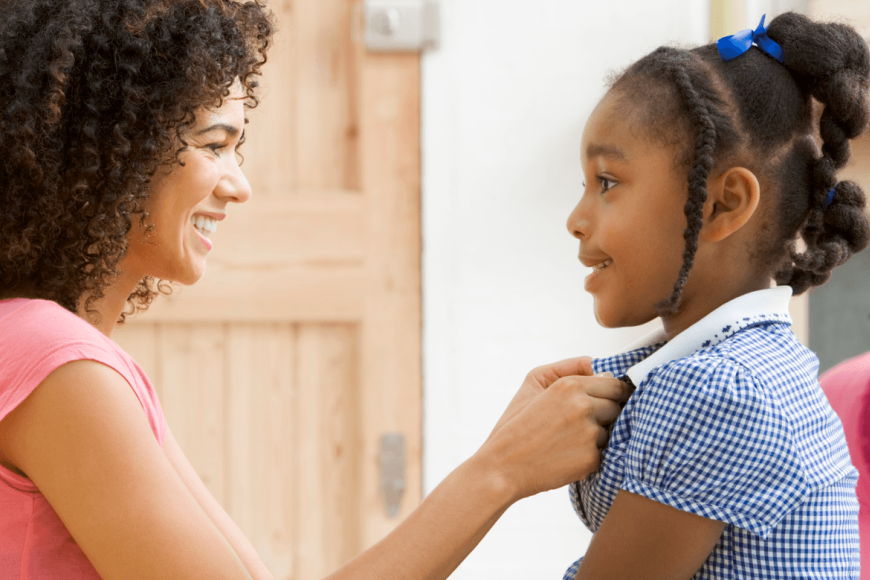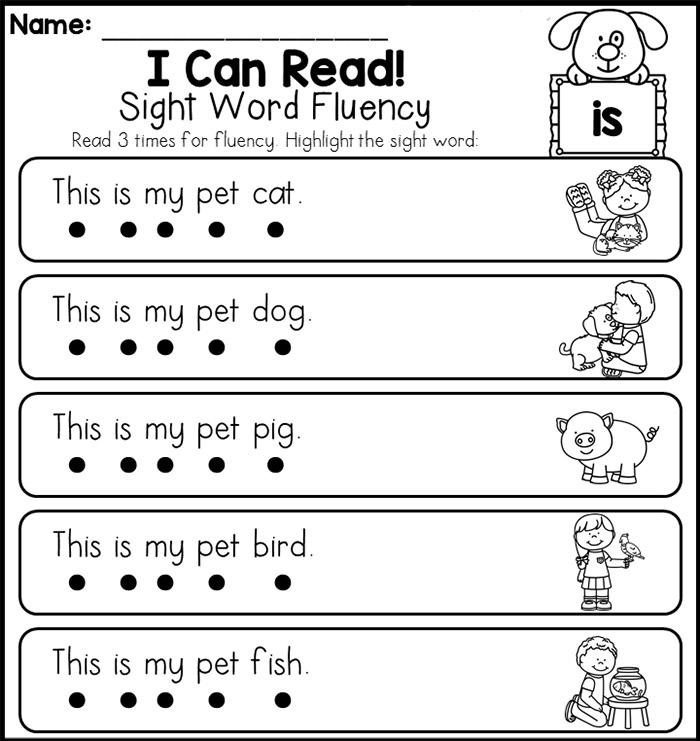Following directions activities kids
7 Core Following Directions Activities for Kids That'll Improve Listening
Inside: Quick and easy following directions activities for kids that will help them practice self-control, emotional regulation and improve listening skills.
There was a joke traveling around years ago from Carrie On Y’all that said, “Maybe if I start yelling ‘Get your shoes on!’ the night before, we could get to school on time the next day.”
Honestly, the struggle is real.
Kids need A LOT of practice to learn basic life skills.
Following directions activities can support better listening skills in your child.
Teaching kids to follow directions isn’t as simple as doing a listening activity for kids, watching fairy dust shower from above, and seeing your kids transform into magical listeners.
Several years ago I was getting ready to take my son to school. He insisted—like life or death insisted—that he needed to wear his green shoes.
So I helped him find his green shoes, laid them out on the floor, and then realized I made a horrible mistake.
He shook his head and said, “No green shoes, mom. Nooo!”
In exactly two minutes, the green shoes went from being my complaining child’s most prized possession to the most horrible and disgusting shoes one could don.
Related Posts:
- 2 year old not listening? Try this remarkable tip.
- 10 Totally Awesome Tricks for Independent Kids
Teaching kids to follow directions – let’s simplify.
1. Connection first. Attention follows.
A few brief moments using SAY WHAT YOU SEE®, where you describe what your child is thinking, doing, feeling or saying, makes a big difference. This is the building block of connection, and when kids feel connected to you, they are for more likely to cooperate.
It might sound something like, “You’re drawing a picture with big green squares and red lines.”
No brainer, right? And yet, I still find myself talking to my kids without taking a brief moment for connection.
Sharing a set of instructions before you briefly connect with your child is like speaking foreign language.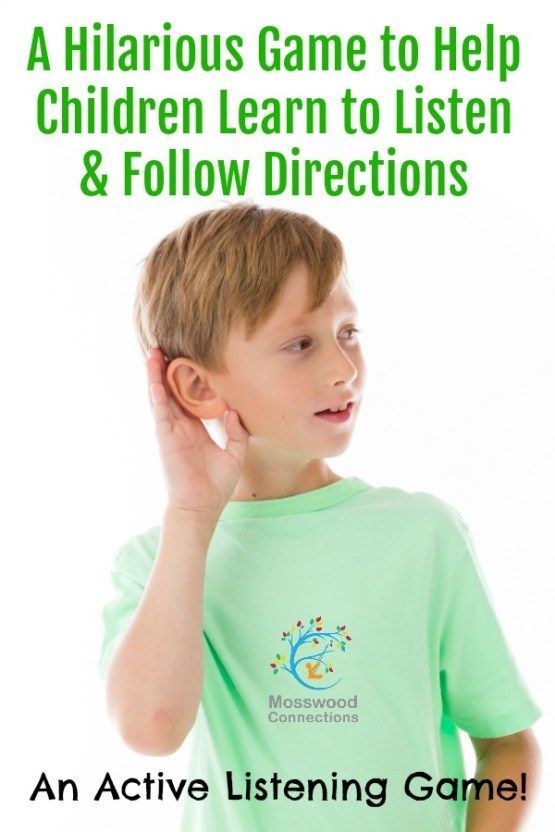 It can fall flat.
It can fall flat.
I know I have my child’s full attention when I have two things:
- Eye contact
- Eyes level (get down to the child’s level).
2. Be short and specific.
Kids tend to hear a lot of conversational white noise when adults are speaking to them. Say exactly what needs to be said for your child to follow your directions. Trim everything else out.
Instead of… “Hurry up. We gotta get out the door for this appointment. Get your coat lets go.”
Try… “Coat please.” Or, “You’re missing a coat.”
3. Use “wait time.”
This is a great strategy that I learned from a teacher. After giving a set of instructions to your kids, pause for 3-7 seconds to allow their brain to process and apply the information. Research shows kids are more likely to follow directions if you give them “wait time” or a hearty pause.
As adults, we are used to processing information much quicker, but kids…they take time.
Think of it this way:
Keeping realistic expectations and waiting is the difference between you giving up and throwing your tea in the air vs.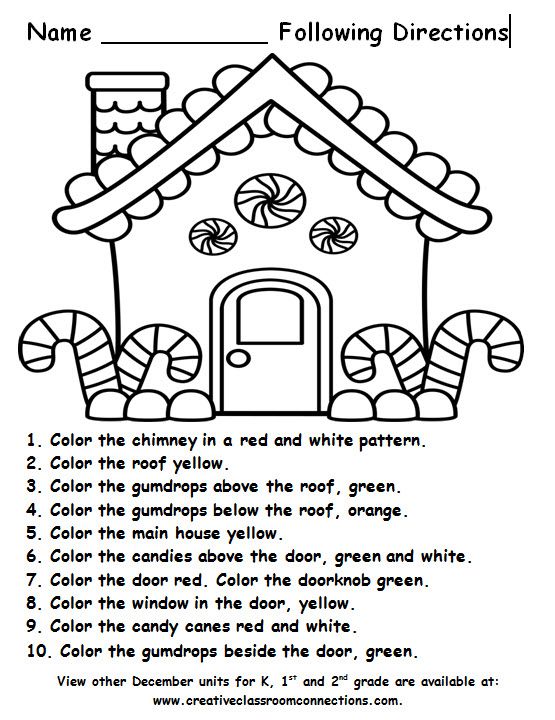 you calmly taking a sip of your tea while you employ “wait time.”
you calmly taking a sip of your tea while you employ “wait time.”
4. Unless you are offering a choice, don’t ask.
If your directions aren’t up for negotiation, keep that door firmly closed. Offering choices is a fabulous way to help end power struggles and enjoy a happier home.
But…everything in life is not always a choice. If you can’t offer a choice within a parental boundary you feel good about, give instructions as a statement, rather than a question.
Instead of… “Can you pick up your toys?”
Try… “I see toys on the floor and it’s time to leave.”
Or if you’d like to offer a choice, you can say something like, “I see blocks and dolls. Show me which one you want to put away first.”
5. Practice using following directions activities.
In order to build great listening skills, kids need a lot of practice…A LOT.
Which makes sense! I think we all can relate to needing a lot of practice before we can get good at anything. I could tell you a few stories about burnt dinner rolls for the past five years, but that’s a story for another day 🙂
Related:
- 50+ Best Simple Games for 2 Year Olds and Up
- The Ultimate List of Board Games for 2 Year Olds
7 core following directions activities for kids.
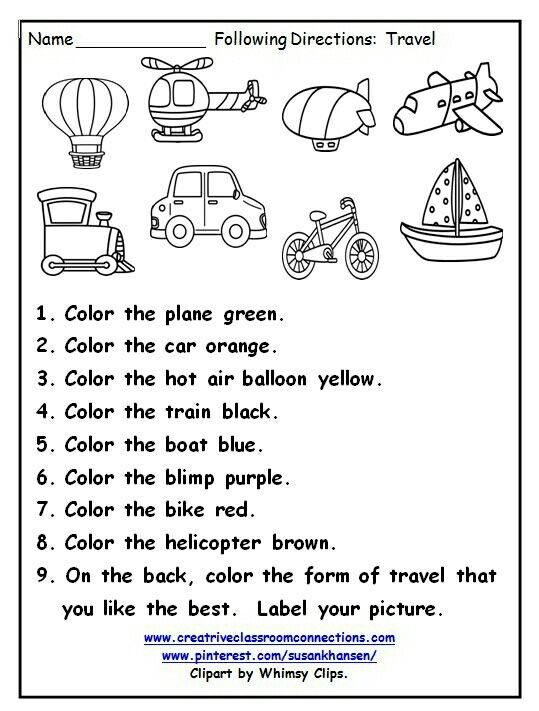
There are several good ‘ole fashioned standby games to play with kids to help them 1) Listen and hear what you are instructing and 2) Practice following the directions you shared.
1. Simon Says
One person is Simon or Elmo or Dora or Spiderman or Teacher or Whoever, and this person is the “leader.” Simon gives a set of instructions and everyone else follows. The person who doesn’t follow the instructions is “out.” And the person who follows the instructions throughout the game, wins Simon Says.
2. Red Light, Green Light.
One person is the leader who calls out “Red Light” or “Green Light.” When the leader calls out “Red Light,” everyone stops. When the leader calls out “Green Light,” everyone goes. Anyone who doesn’t stop or freeze during “Red Light” is out.
3. Follow the Leader.
Take a walk around your house or outside and whatever you (or the leader) does, everyone else must follow. This is a great game to allow your child to be the leader and have you follow your child.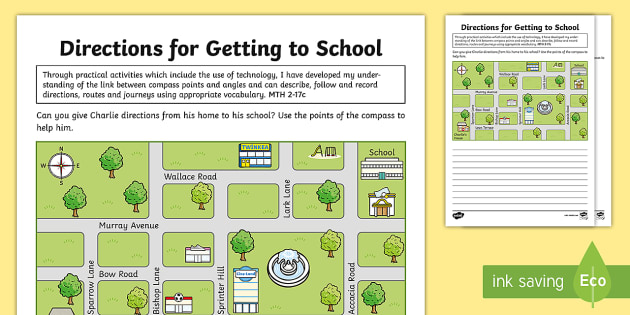 It’s a perfect opportunity to model following directions for your child!
It’s a perfect opportunity to model following directions for your child!
4. Map Game
Try this map game and help your kids work their way through the grid following the directions given. Practice counting and using the words left, right, forward, and backward.
5. Two-step direction games.
Do one of these 2-step direction games with your kids. This is perfect for preschoolers and above! Have your kids follow some of the 2-step directions throughout the day (e.g. Shake your head “yes” and then quack like a duck.) Brilliant!
6. Lego® Game
If you have kids who are old enough to play a board game, try this Lego Game to help your kids practice reading directions and following them.
7. Visual direction activities.
With kids, visual directions are so important! You can make life simpler and fun using visual directions for your kids, such as a printable daily schedule for kids.
- Bedtime routine cards
- Morning routine cards
- Mealtime routine cards
Using routines is a great way to support cooperation and help your kids learn to follow directions.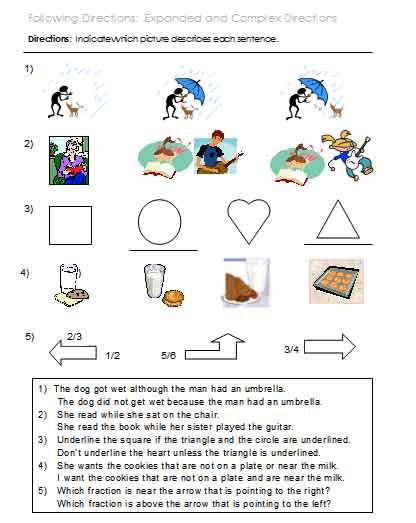
They are also energy saving, AND a great way to avoid yelling “Green shoes!” ten times every morning or “Eat your dinner!” six times every evening.
Grab your FREE Following Directions Checklist Here!
More popular parenting posts
- 2 Year Old Sleep Schedule to Help Kids Fall Asleep and Wake Happy
- Best Morning Routine Tips and Tricks Your Kids Will Actually Follow
- 3 Things Every Parent of a Strong Willed Toddler Should Know
- 50+ Outdoor Toys for Kids That’ll Bring Hours of Fun
- Best Summer Schedule for Kids That You Can Print and Use Daily
I've created a free email series just for you! If you are struggling with teaching your child to listen, this series will help transform your parenting. Yes, really. I've seen my proven strategies work time and time again for parents. I know it can work for you too.
After taking my free email series, you will:
- Learn simple, yet highly effective listening strategies
- Experience a stronger connection with your child
- Enjoy more peaceful parenting days
- Gain more cooperation from your child
Click here to sign up!
Are you new to this community? Start here, friend.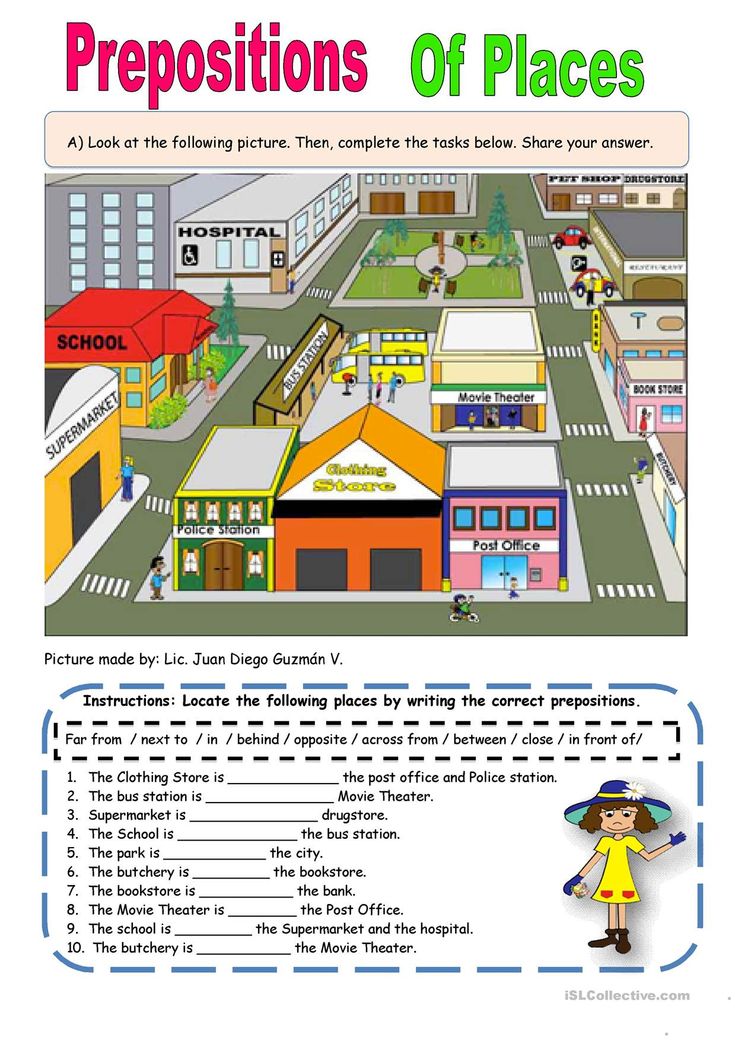
19 Activities for Middle School Students to Improve Following Directions
Whether 1-step directions or multi-step directions, students need practice and clear expectations. Students follow hundreds of directions every year at school and at home. In order to improve their ability to process oral directions and listening skills, you can incorporate fun activities into your school day.
Try some of these 19 activities and notice the difference you will see over a period of time, as students improve with following directions.
1. Science Experiments
Incorporate your school curriculum into teaching kids to follow directions. Using science experiments in your school setting will improve academics, engage students, and strengthen students' following directions skills and abilities.
Learn More: Moms
2. Learn to Code
Further developing science skills and learning to code are beneficial for so many reasons.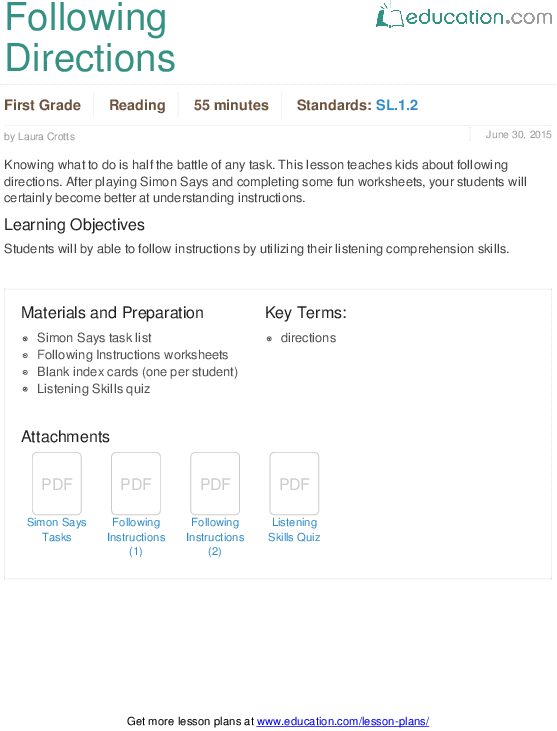 In addition to helping students learn computer science skills, they can also work on fine motor skills and improve following directions skills. Coding is ideal and appropriate for all grade levels.
In addition to helping students learn computer science skills, they can also work on fine motor skills and improve following directions skills. Coding is ideal and appropriate for all grade levels.
Learn More: Teach Your Kids Code
3. Following Direction Logic Puzzle
This worksheet takes on the form of a riddle or secret code to be solved. For students who need a break from screen time, let them try to decipher the code by solving the riddles. The following directions worksheet is a good way to also encourage critical thinking and problem-solving skills.
Learn More: Centervention
4. Paper Folding Activity
Simple instructions will be easy to follow and form a unique craft! This activity uses multi-step directions to have students create a paper masterpiece. Students will need to pay attention to directions and details to be successful in this awesome activity.
Learn More: Speech Snacks
5.
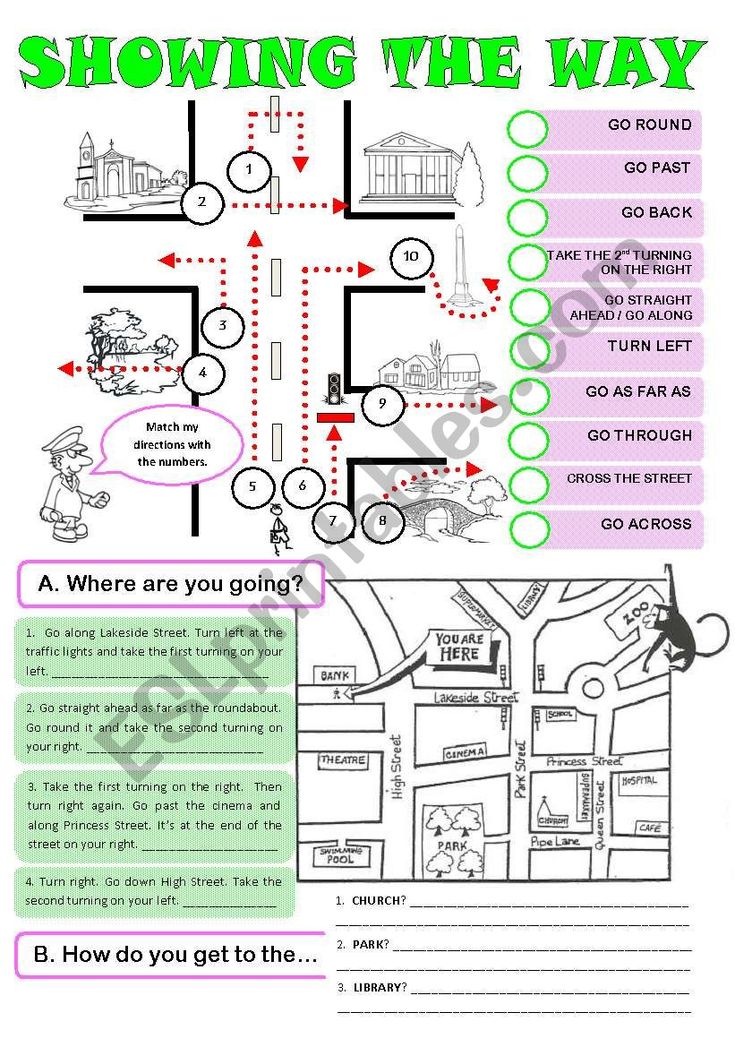 Boat Craft
Boat Craft This fun and challenging activity allows some creative freedom but requires multi-step directions as well. This activity is great for upper elementary teachers or middle school teachers to use with their students.
Learn More: Pedia Staff
6. Building From Scratch
This activity will require key listening skills. Teaching students to make something with their hands is a great way to improve following directions. This is ideal for motor skills as well. Students may have a harder time working with their hands, so making the teacher aware of expectations is key.
Learn More: Moms
7. Coloring Worksheets
Giving the child directions for this printable activity is key. Lists of directions are included for students to read themselves or for the teacher to call out to them. Precise directions will help students know when to do each step in the process.
Learn More: Tam Aqua K12
8.
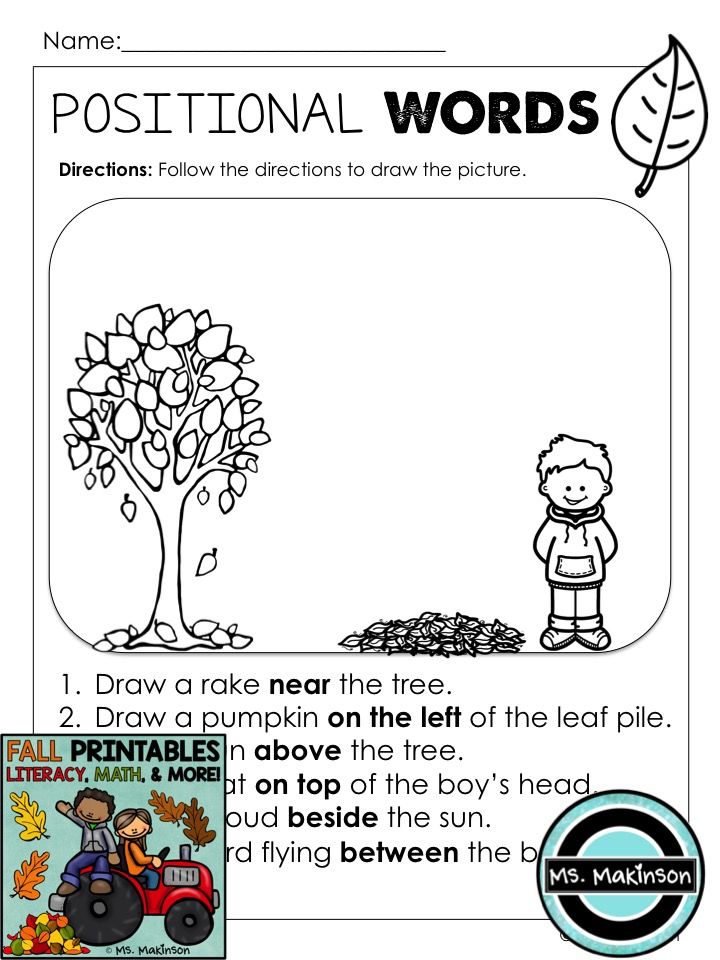 Summer Olympics Following Directions Game
Summer Olympics Following Directions Game This adorable summer Olympics game is great for following directions. Perfectly themed activity sheets are designed for listening activities that focus on teaching students 1-step directions, 2-step sequential directions, and even 3-step sequential directions.
Learn More: Speech Time Fun
9. Leaf Craft
This leaf craft is a perfect hands-on activity for teaching students the importance of following directions. As they listen and perform each task in each step, students' following directions skills will improve with practice.
Learn More: Inspontaneous Speech
10. Following Directions Map
These easily printable maps are easy to use. There are several themes to choose from. Each is accompanied by a list of instructions. Students can read them or listen as teachers read them aloud.
Learn More: Making Learning Fun
11.
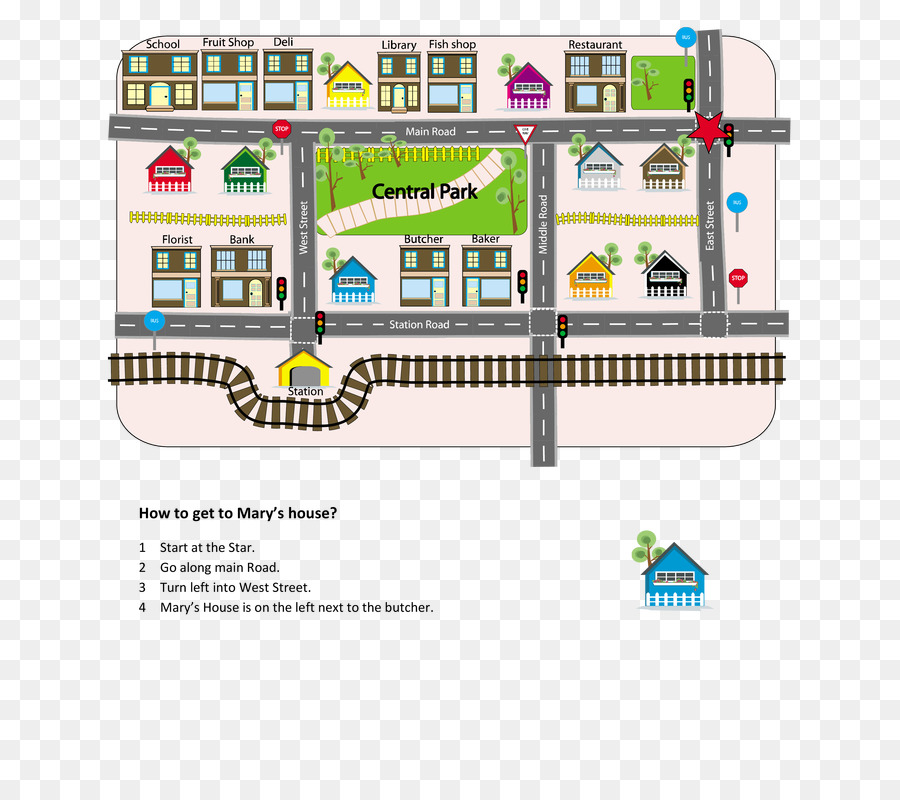 Star Wars Directions Game
Star Wars Directions Game Fun games, like this Star Wars following directions game, are great for helping students practice how to properly follow directions. This interactive game allows students to work within groups and collaborate and interact with others.
Learn More: Teach This
12. Glyphs
Glyphs are a fantastic resource for upper elementary and middle school students who need to practice following directions. Students will use white drawing paper to draw a picture, based on listening to directions and using what applies to them individually.
Learn More: Teach With Me
13. Before and After Statements
These before and after statements are great for older kids. This is a way to let students interact in groups and follow directions. On slips of paper, you will write in events and use them to complete this activity.
Learn More: Miss Barrett Speech Language
14.
 Listening Skills Holiday Sheet
Listening Skills Holiday Sheet These printable worksheets will be helpful for children with language skills needing improvement or for students to practice following directions. They are holiday themed and ideal for key listening skills and multi-step directions.
Learn More: Resources From Rachel
15. Can You Follow Directions Quiz Sheet
This fun quiz-type sheet is helpful in assessing how well students follow directions. This is a great way to see if they can follow targeted directions and if not, where the breakdown occurs so you will know what to work on.
Learn More: The Worksheets
16. Following Directions: Directions Sheet
This directions sheet is a breakdown of 4-step directions. Each section requires students to look ahead to see what to do, when to do it, and how to do it. They are working to follow directions in each step.
Learn More: The Worksheets
17.
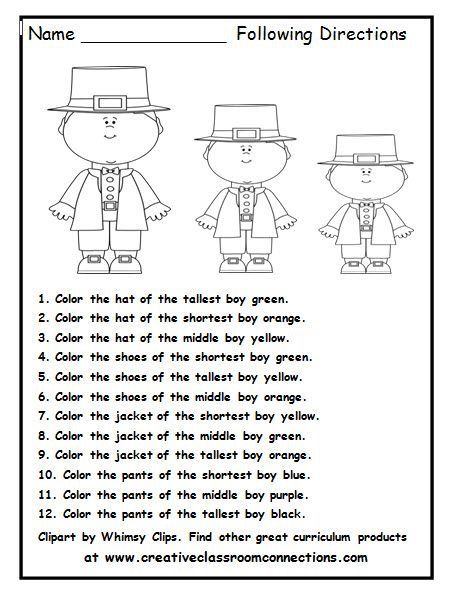 Relay Races
Relay Races Relay races get students up and moving. Teachers can customize this activity to get students to practice following directions in a nontraditional way. Students can follow directions and work with their teams to see who can win each challenge.
Learn More: Mr Physed
18. Following Direction Worksheet
This following directions activity is good for working on following directions and literal directions. Students can cut and place items in places, dependent on prepositional directions. This is especially good for bilingual students.
Learn More: The Worksheets
19. Paper Airplanes
Constructing paper airplanes is fun and ideal for practicing following directions.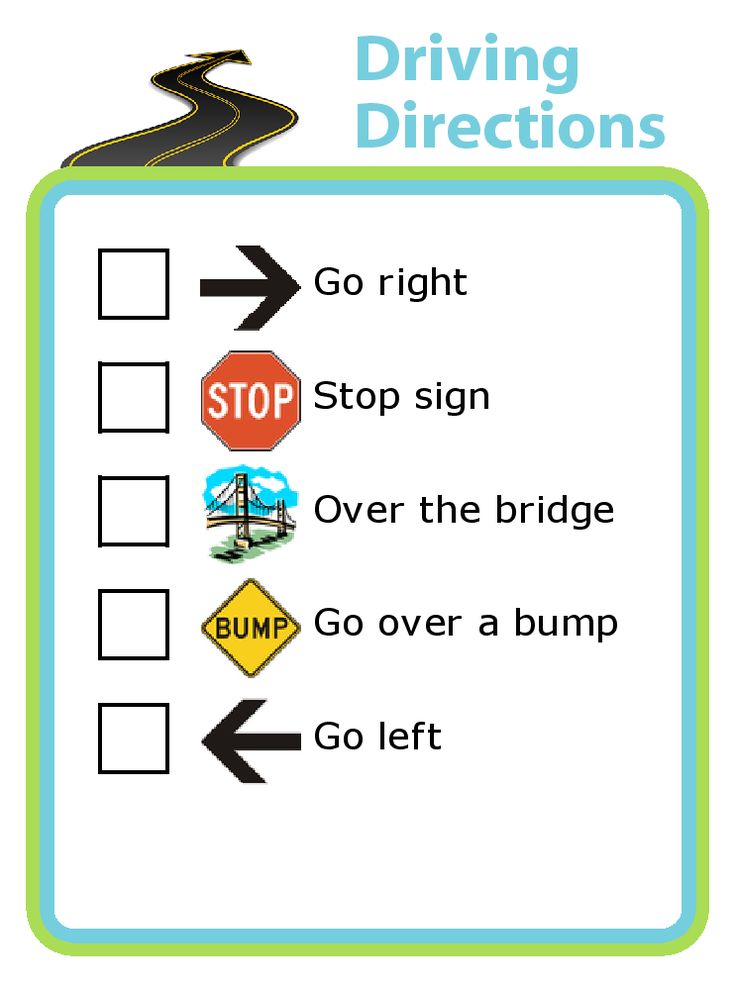 Let students use a template and guide for directions or orally tell them what to do. Either way, they will get good practice and finish with a nice end result.
Let students use a template and guide for directions or orally tell them what to do. Either way, they will get good practice and finish with a nice end result.
Learn More: Speech Snacks
Economic education of children of senior preschool age in the educational space of a preschool educational organization
%PDF-1.5 % 10 obj > /Metadata 4 0 R >> endobj 5 0 obj /Title >> endobj 20 obj > endobj 3 0 obj > endobj 40 obj > stream
 32 841.92] /Contents[104 0 R 105 0 R 106 0 R] /group> /Tabs /S /StructParents 0 /Annots [107 0R] >> endobj 70 obj > /ProcSet [/PDF /Text /ImageB /ImageC /ImageI] >> /Annots [108 0 R 109 0 R 110 0 R 111 0 R 112 0 R 113 0 R 114 0 R 115 0 R 116 0 R 117 0 R 118 0 R 119 0 R 120 0 R 121 0 R 122 0 R 123 0 R 124 0 R 125 0 R 126 0 R 127 0 R 128 0 R 129 0 R 130 0 R 131 0 R 132 0 R 133 0 R 134 0 R 135 0 R 136 0 R 137 0 R 138 0 R 139 0 R 140 0 R 141 0 R] /MediaBox [0 0 595.32 841.92] /Contents 142 0 R /group> /Tabs /S /StructParents 4 >> endobj 80 obj > /ProcSet [/PDF /Text /ImageB /ImageC /ImageI] >> /MediaBox[0 0 595.32 841.92] /Contents 143 0 R /group> /Tabs /S /StructParents 39 >> endobj 9 0 obj > /ProcSet [/PDF /Text /ImageB /ImageC /ImageI] >> /MediaBox [0 0 595.32 841.92] /Contents 144 0R /group> /Tabs /S /StructParents 40 >> endobj 10 0 obj > /ProcSet [/PDF /Text /ImageB /ImageC /ImageI] >> /MediaBox [0 0 595.32 841.92] /Contents 145 0 R /group> /Tabs /S /StructParents 41 >> endobj 11 0 obj > /ProcSet [/PDF /Text /ImageB /ImageC /ImageI] >> /MediaBox[0 0 595.
32 841.92] /Contents[104 0 R 105 0 R 106 0 R] /group> /Tabs /S /StructParents 0 /Annots [107 0R] >> endobj 70 obj > /ProcSet [/PDF /Text /ImageB /ImageC /ImageI] >> /Annots [108 0 R 109 0 R 110 0 R 111 0 R 112 0 R 113 0 R 114 0 R 115 0 R 116 0 R 117 0 R 118 0 R 119 0 R 120 0 R 121 0 R 122 0 R 123 0 R 124 0 R 125 0 R 126 0 R 127 0 R 128 0 R 129 0 R 130 0 R 131 0 R 132 0 R 133 0 R 134 0 R 135 0 R 136 0 R 137 0 R 138 0 R 139 0 R 140 0 R 141 0 R] /MediaBox [0 0 595.32 841.92] /Contents 142 0 R /group> /Tabs /S /StructParents 4 >> endobj 80 obj > /ProcSet [/PDF /Text /ImageB /ImageC /ImageI] >> /MediaBox[0 0 595.32 841.92] /Contents 143 0 R /group> /Tabs /S /StructParents 39 >> endobj 9 0 obj > /ProcSet [/PDF /Text /ImageB /ImageC /ImageI] >> /MediaBox [0 0 595.32 841.92] /Contents 144 0R /group> /Tabs /S /StructParents 40 >> endobj 10 0 obj > /ProcSet [/PDF /Text /ImageB /ImageC /ImageI] >> /MediaBox [0 0 595.32 841.92] /Contents 145 0 R /group> /Tabs /S /StructParents 41 >> endobj 11 0 obj > /ProcSet [/PDF /Text /ImageB /ImageC /ImageI] >> /MediaBox[0 0 595.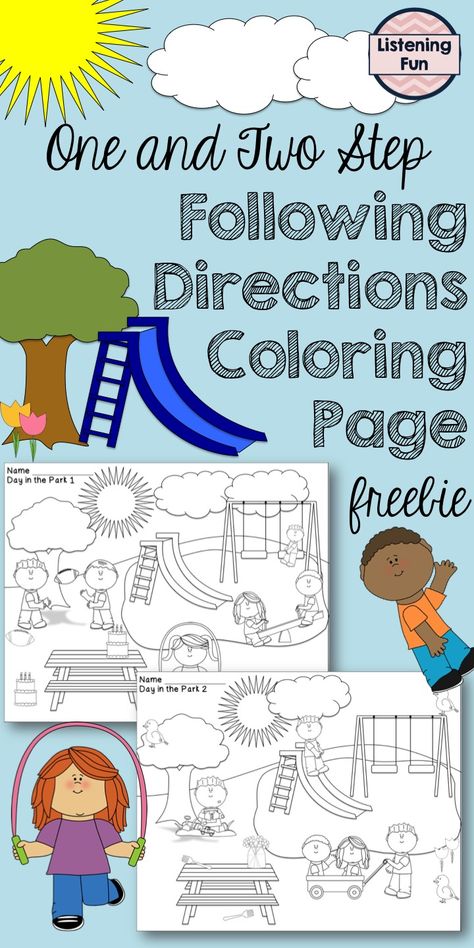 32 841.92] /Contents 148 0 R /group> /Tabs /S /StructParents 42 >> endobj 12 0 obj > /ProcSet [/PDF /Text /ImageB /ImageC /ImageI] >> /MediaBox [0 0 595.32 841.92] /Contents 151 0 R /group> /Tabs /S /StructParents 43 >> endobj 13 0 obj > /ProcSet [/PDF /Text /ImageB /ImageC /ImageI] >> /MediaBox [0 0 595.32 841.92] /Contents 152 0 R /group> /Tabs /S /StructParents 44 >> endobj 14 0 obj > /ProcSet [/PDF /Text /ImageB /ImageC /ImageI] >> /MediaBox[0 0 595.32 841.92] /Contents 153 0 R /group> /Tabs /S /StructParents 45 >> endobj 15 0 obj > /ProcSet [/PDF /Text /ImageB /ImageC /ImageI] >> /MediaBox [0 0 595.32 841.92] /Contents 154 0 R /group> /Tabs /S /StructParents 46 >> endobj 16 0 obj > /ProcSet [/PDF /Text /ImageB /ImageC /ImageI] >> /MediaBox [0 0 595.32 841.92] /Contents 155 0 R /group> /Tabs /S /StructParents 47 >> endobj 17 0 obj > /ProcSet [/PDF /Text /ImageB /ImageC /ImageI] >> /MediaBox[0 0 595.32 841.92] /Contents 156 0 R /group> /Tabs /S /StructParents 48 >> endobj 18 0 obj > /ProcSet [/PDF /Text /ImageB /ImageC /ImageI] >> /MediaBox [0 0 595.
32 841.92] /Contents 148 0 R /group> /Tabs /S /StructParents 42 >> endobj 12 0 obj > /ProcSet [/PDF /Text /ImageB /ImageC /ImageI] >> /MediaBox [0 0 595.32 841.92] /Contents 151 0 R /group> /Tabs /S /StructParents 43 >> endobj 13 0 obj > /ProcSet [/PDF /Text /ImageB /ImageC /ImageI] >> /MediaBox [0 0 595.32 841.92] /Contents 152 0 R /group> /Tabs /S /StructParents 44 >> endobj 14 0 obj > /ProcSet [/PDF /Text /ImageB /ImageC /ImageI] >> /MediaBox[0 0 595.32 841.92] /Contents 153 0 R /group> /Tabs /S /StructParents 45 >> endobj 15 0 obj > /ProcSet [/PDF /Text /ImageB /ImageC /ImageI] >> /MediaBox [0 0 595.32 841.92] /Contents 154 0 R /group> /Tabs /S /StructParents 46 >> endobj 16 0 obj > /ProcSet [/PDF /Text /ImageB /ImageC /ImageI] >> /MediaBox [0 0 595.32 841.92] /Contents 155 0 R /group> /Tabs /S /StructParents 47 >> endobj 17 0 obj > /ProcSet [/PDF /Text /ImageB /ImageC /ImageI] >> /MediaBox[0 0 595.32 841.92] /Contents 156 0 R /group> /Tabs /S /StructParents 48 >> endobj 18 0 obj > /ProcSet [/PDF /Text /ImageB /ImageC /ImageI] >> /MediaBox [0 0 595.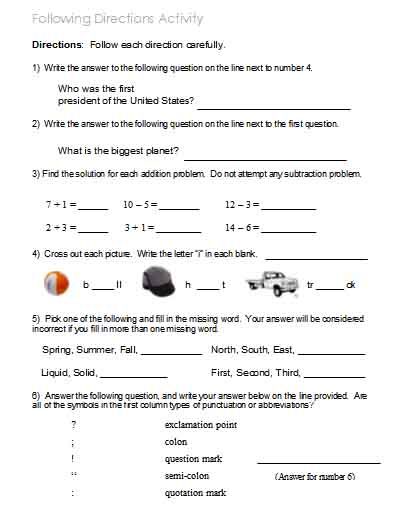 32 841.92] /Contents 157 0R /group> /Tabs /S /StructParents 49 >> endobj 19 0 obj > /ProcSet [/PDF /Text /ImageB /ImageC /ImageI] >> /MediaBox [0 0 595.32 841.92] /Contents 158 0 R /group> /Tabs /S /StructParents 50 >> endobj 20 0 obj > /ProcSet [/PDF /Text /ImageB /ImageC /ImageI] >> /MediaBox[0 0 595.32 841.92] /Contents 159 0 R /group> /Tabs /S /StructParents 51 >> endobj 21 0 obj > /ProcSet [/PDF /Text /ImageB /ImageC /ImageI] >> /MediaBox [0 0 595.32 841.92] /Contents 160 0 R /group> /Tabs /S /StructParents 52 >> endobj 22 0 obj > /ProcSet [/PDF /Text /ImageB /ImageC /ImageI] >> /MediaBox [0 0 595.32 841.92] /Contents 161 0 R /group> /Tabs /S /StructParents 53 >> endobj 23 0 obj > /ProcSet [/PDF /Text /ImageB /ImageC /ImageI] >> /MediaBox[0 0 595.32 841.92] /Contents 162 0 R /group> /Tabs /S /StructParents 54 >> endobj 24 0 obj > /ProcSet [/PDF /Text /ImageB /ImageC /ImageI] >> /MediaBox [0 0 595.32 841.92] /Contents 163 0R /group> /Tabs /S /StructParents 55 >> endobj 25 0 obj > /ProcSet [/PDF /Text /ImageB /ImageC /ImageI] >> /MediaBox [0 0 595.
32 841.92] /Contents 157 0R /group> /Tabs /S /StructParents 49 >> endobj 19 0 obj > /ProcSet [/PDF /Text /ImageB /ImageC /ImageI] >> /MediaBox [0 0 595.32 841.92] /Contents 158 0 R /group> /Tabs /S /StructParents 50 >> endobj 20 0 obj > /ProcSet [/PDF /Text /ImageB /ImageC /ImageI] >> /MediaBox[0 0 595.32 841.92] /Contents 159 0 R /group> /Tabs /S /StructParents 51 >> endobj 21 0 obj > /ProcSet [/PDF /Text /ImageB /ImageC /ImageI] >> /MediaBox [0 0 595.32 841.92] /Contents 160 0 R /group> /Tabs /S /StructParents 52 >> endobj 22 0 obj > /ProcSet [/PDF /Text /ImageB /ImageC /ImageI] >> /MediaBox [0 0 595.32 841.92] /Contents 161 0 R /group> /Tabs /S /StructParents 53 >> endobj 23 0 obj > /ProcSet [/PDF /Text /ImageB /ImageC /ImageI] >> /MediaBox[0 0 595.32 841.92] /Contents 162 0 R /group> /Tabs /S /StructParents 54 >> endobj 24 0 obj > /ProcSet [/PDF /Text /ImageB /ImageC /ImageI] >> /MediaBox [0 0 595.32 841.92] /Contents 163 0R /group> /Tabs /S /StructParents 55 >> endobj 25 0 obj > /ProcSet [/PDF /Text /ImageB /ImageC /ImageI] >> /MediaBox [0 0 595.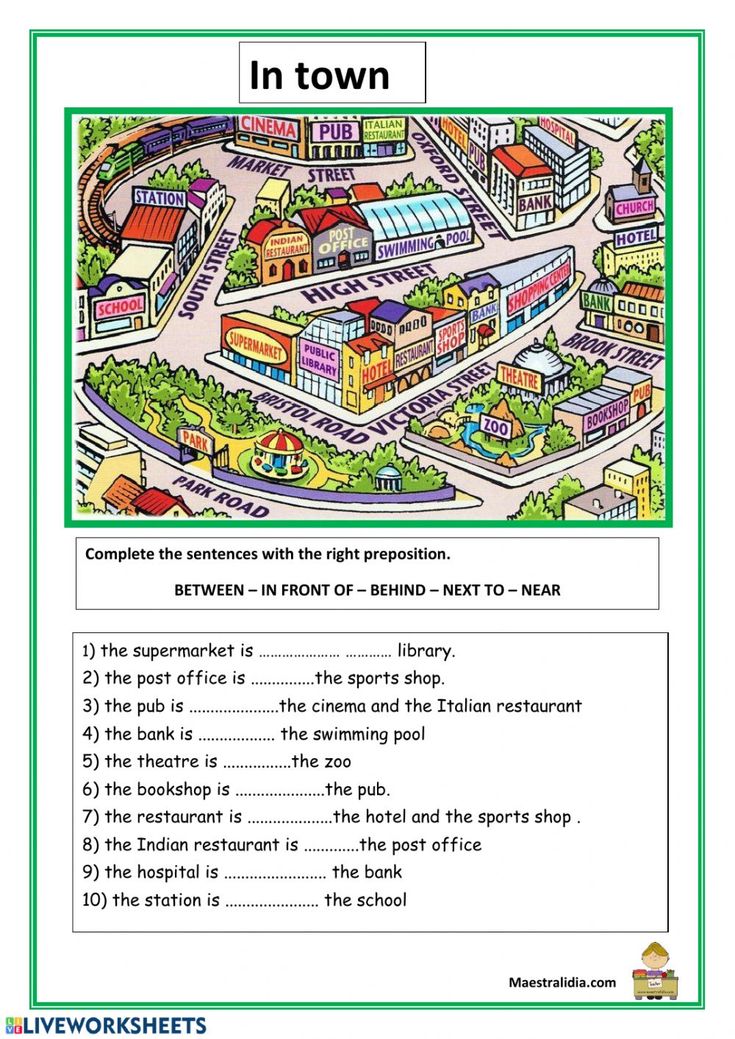 32 841.92] /Contents 164 0R /group> /Tabs /S /StructParents 56 >> endobj 26 0 obj > /ProcSet [/PDF /Text /ImageB /ImageC /ImageI] >> /MediaBox[0 0 595.32 841.92] /Contents 165 0R /group> /Tabs /S /StructParents 57 >> endobj 27 0 obj > /ProcSet [/PDF /Text /ImageB /ImageC /ImageI] >> /MediaBox [0 0 595.32 841.92] /Contents 166 0R /group> /Tabs /S /StructParents 58 >> endobj 28 0 obj > /ProcSet [/PDF /Text /ImageB /ImageC /ImageI] >> /MediaBox [0 0 595.32 841.92] /Contents 167 0 R /group> /Tabs /S /StructParents 59 >> endobj 29 0 obj > /ProcSet [/PDF /Text /ImageB /ImageC /ImageI] >> /MediaBox[0 0 595.32 841.92] /Contents 168 0 R /group> /Tabs /S /StructParents 60 >> endobj 30 0 obj > /ProcSet [/PDF /Text /ImageB /ImageC /ImageI] >> /MediaBox [0 0 595.32 841.92] /Contents 169 0 R /group> /Tabs /S /StructParents 61 >> endobj 31 0 obj > /ProcSet [/PDF /Text /ImageB /ImageC /ImageI] >> /MediaBox [0 0 595.32 841.92] /Contents 170 0 R /group> /Tabs /S /StructParents 62 >> endobj 32 0 obj > /ProcSet [/PDF /Text /ImageB /ImageC /ImageI] >> /MediaBox[0 0 595.
32 841.92] /Contents 164 0R /group> /Tabs /S /StructParents 56 >> endobj 26 0 obj > /ProcSet [/PDF /Text /ImageB /ImageC /ImageI] >> /MediaBox[0 0 595.32 841.92] /Contents 165 0R /group> /Tabs /S /StructParents 57 >> endobj 27 0 obj > /ProcSet [/PDF /Text /ImageB /ImageC /ImageI] >> /MediaBox [0 0 595.32 841.92] /Contents 166 0R /group> /Tabs /S /StructParents 58 >> endobj 28 0 obj > /ProcSet [/PDF /Text /ImageB /ImageC /ImageI] >> /MediaBox [0 0 595.32 841.92] /Contents 167 0 R /group> /Tabs /S /StructParents 59 >> endobj 29 0 obj > /ProcSet [/PDF /Text /ImageB /ImageC /ImageI] >> /MediaBox[0 0 595.32 841.92] /Contents 168 0 R /group> /Tabs /S /StructParents 60 >> endobj 30 0 obj > /ProcSet [/PDF /Text /ImageB /ImageC /ImageI] >> /MediaBox [0 0 595.32 841.92] /Contents 169 0 R /group> /Tabs /S /StructParents 61 >> endobj 31 0 obj > /ProcSet [/PDF /Text /ImageB /ImageC /ImageI] >> /MediaBox [0 0 595.32 841.92] /Contents 170 0 R /group> /Tabs /S /StructParents 62 >> endobj 32 0 obj > /ProcSet [/PDF /Text /ImageB /ImageC /ImageI] >> /MediaBox[0 0 595.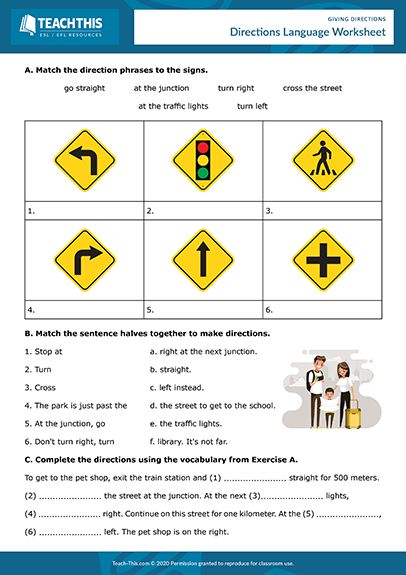 32 841.92] /Contents 171 0 R /group> /Tabs /S /StructParents 63 >> endobj 33 0 obj > /ProcSet [/PDF /Text /ImageB /ImageC /ImageI] >> /MediaBox [0 0 595.32 841.92] /Contents 172 0 R /group> /Tabs /S /StructParents 64 >> endobj 34 0 obj > /ProcSet [/PDF /Text /ImageB /ImageC /ImageI] >> /MediaBox [0 0 595.32 841.92] /Contents 173 0 R /group> /Tabs /S /StructParents 65 >> endobj 35 0 obj > /ProcSet [/PDF /Text /ImageB /ImageC /ImageI] >> /MediaBox[0 0 595.32 841.92] /Contents 174 0 R /group> /Tabs /S /StructParents 66 >> endobj 36 0 obj > /ProcSet [/PDF /Text /ImageB /ImageC /ImageI] >> /MediaBox [0 0 595.32 841.92] /Contents 175 0 R /group> /Tabs /S /StructParents 67 >> endobj 37 0 obj > /ProcSet [/PDF /Text /ImageB /ImageC /ImageI] >> /MediaBox [0 0 595.32 841.92] /Contents 176 0 R /group> /Tabs /S /StructParents 68 >> endobj 38 0 obj > /ProcSet [/PDF /Text /ImageB /ImageC /ImageI] >> /MediaBox[0 0 595.32 841.92] /Contents 177 0 R /group> /Tabs /S /StructParents 69 >> endobj 39 0 obj > /ProcSet [/PDF /Text /ImageB /ImageC /ImageI] >> /MediaBox [0 0 595.
32 841.92] /Contents 171 0 R /group> /Tabs /S /StructParents 63 >> endobj 33 0 obj > /ProcSet [/PDF /Text /ImageB /ImageC /ImageI] >> /MediaBox [0 0 595.32 841.92] /Contents 172 0 R /group> /Tabs /S /StructParents 64 >> endobj 34 0 obj > /ProcSet [/PDF /Text /ImageB /ImageC /ImageI] >> /MediaBox [0 0 595.32 841.92] /Contents 173 0 R /group> /Tabs /S /StructParents 65 >> endobj 35 0 obj > /ProcSet [/PDF /Text /ImageB /ImageC /ImageI] >> /MediaBox[0 0 595.32 841.92] /Contents 174 0 R /group> /Tabs /S /StructParents 66 >> endobj 36 0 obj > /ProcSet [/PDF /Text /ImageB /ImageC /ImageI] >> /MediaBox [0 0 595.32 841.92] /Contents 175 0 R /group> /Tabs /S /StructParents 67 >> endobj 37 0 obj > /ProcSet [/PDF /Text /ImageB /ImageC /ImageI] >> /MediaBox [0 0 595.32 841.92] /Contents 176 0 R /group> /Tabs /S /StructParents 68 >> endobj 38 0 obj > /ProcSet [/PDF /Text /ImageB /ImageC /ImageI] >> /MediaBox[0 0 595.32 841.92] /Contents 177 0 R /group> /Tabs /S /StructParents 69 >> endobj 39 0 obj > /ProcSet [/PDF /Text /ImageB /ImageC /ImageI] >> /MediaBox [0 0 595.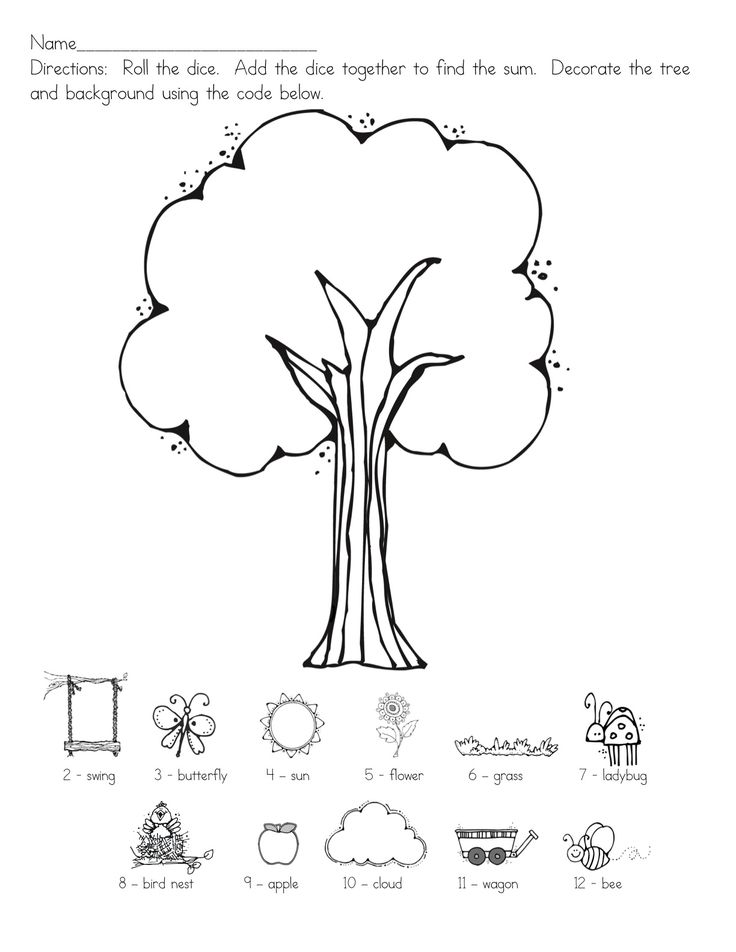 32 841.92] /Contents 178 0 R /group> /Tabs /S /StructParents 70 >> endobj 40 0 obj > /ProcSet [/PDF /Text /ImageB /ImageC /ImageI] >> /MediaBox [0 0 595.32 841.92] /Contents 179 0R /group> /Tabs /S /StructParents 71 >> endobj 41 0 obj > /ProcSet [/PDF /Text /ImageB /ImageC /ImageI] >> /MediaBox[0 0 595.32 841.92] /Contents 180 0 R /group> /Tabs /S /StructParents 72 >> endobj 42 0 obj > /ProcSet [/PDF /Text /ImageB /ImageC /ImageI] >> /MediaBox [0 0 595.32 841.92] /Contents 181 0 R /group> /Tabs /S /StructParents 73 >> endobj 43 0 obj > /ProcSet [/PDF /Text /ImageB /ImageC /ImageI] >> /MediaBox [0 0 595.32 841.92] /Contents 182 0R /group> /Tabs /S /StructParents 74 >> endobj 44 0 obj > /XObject> /ProcSet [/PDF /Text /ImageB /ImageC /ImageI] >> /MediaBox[0 0 595.32 841.92] /Contents 184 0 R /group> /Tabs /S /StructParents 75 >> endobj 45 0 obj > /ProcSet [/PDF /Text /ImageB /ImageC /ImageI] >> /MediaBox [0 0 595.32 841.92] /Contents 185 0 R /group> /Tabs /S /StructParents 76 >> endobj 46 0 obj > /ProcSet [/PDF /Text /ImageB /ImageC /ImageI] >> /MediaBox [0 0 595.
32 841.92] /Contents 178 0 R /group> /Tabs /S /StructParents 70 >> endobj 40 0 obj > /ProcSet [/PDF /Text /ImageB /ImageC /ImageI] >> /MediaBox [0 0 595.32 841.92] /Contents 179 0R /group> /Tabs /S /StructParents 71 >> endobj 41 0 obj > /ProcSet [/PDF /Text /ImageB /ImageC /ImageI] >> /MediaBox[0 0 595.32 841.92] /Contents 180 0 R /group> /Tabs /S /StructParents 72 >> endobj 42 0 obj > /ProcSet [/PDF /Text /ImageB /ImageC /ImageI] >> /MediaBox [0 0 595.32 841.92] /Contents 181 0 R /group> /Tabs /S /StructParents 73 >> endobj 43 0 obj > /ProcSet [/PDF /Text /ImageB /ImageC /ImageI] >> /MediaBox [0 0 595.32 841.92] /Contents 182 0R /group> /Tabs /S /StructParents 74 >> endobj 44 0 obj > /XObject> /ProcSet [/PDF /Text /ImageB /ImageC /ImageI] >> /MediaBox[0 0 595.32 841.92] /Contents 184 0 R /group> /Tabs /S /StructParents 75 >> endobj 45 0 obj > /ProcSet [/PDF /Text /ImageB /ImageC /ImageI] >> /MediaBox [0 0 595.32 841.92] /Contents 185 0 R /group> /Tabs /S /StructParents 76 >> endobj 46 0 obj > /ProcSet [/PDF /Text /ImageB /ImageC /ImageI] >> /MediaBox [0 0 595.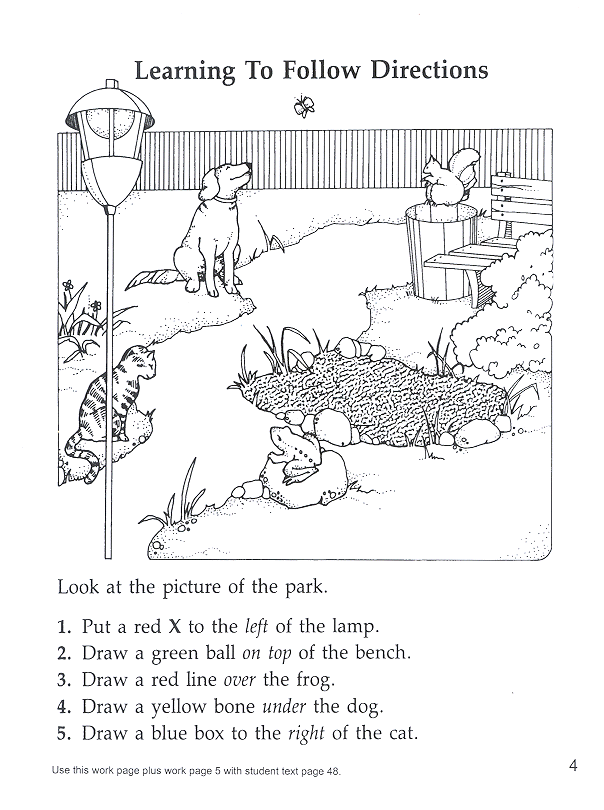 32 841.92] /Contents 186 0 R /group> /Tabs /S /StructParents 77 >> endobj 47 0 obj > /ProcSet [/PDF /Text /ImageB /ImageC /ImageI] >> /MediaBox[0 0 595.32 841.92] /Contents 187 0 R /group> /Tabs /S /StructParents 78 >> endobj 48 0 obj > /ProcSet [/PDF /Text /ImageB /ImageC /ImageI] >> /MediaBox [0 0 595.32 841.92] /Contents 188 0R /group> /Tabs /S /StructParents 79 >> endobj 49 0 obj > /ProcSet [/PDF /Text /ImageB /ImageC /ImageI] >> /MediaBox [0 0 595.32 841.92] /Contents 189 0 R /group> /Tabs /S /StructParents 80 >> endobj 50 0 obj > /ProcSet [/PDF /Text /ImageB /ImageC /ImageI] >> /MediaBox[0 0 595.32 841.92] /Contents 190 0R /group> /Tabs /S /StructParents 81 >> endobj 51 0 obj > /ProcSet [/PDF /Text /ImageB /ImageC /ImageI] >> /MediaBox [0 0 595.32 841.92] /Contents 191 0 R /group> /Tabs /S /StructParents 82 >> endobj 52 0 obj > /ProcSet [/PDF /Text /ImageB /ImageC /ImageI] >> /MediaBox [0 0 595.32 841.92] /Contents 192 0 R /group> /Tabs /S /StructParents 83 >> endobj 53 0 obj > /ProcSet [/PDF /Text /ImageB /ImageC /ImageI] >> /MediaBox[0 0 595.
32 841.92] /Contents 186 0 R /group> /Tabs /S /StructParents 77 >> endobj 47 0 obj > /ProcSet [/PDF /Text /ImageB /ImageC /ImageI] >> /MediaBox[0 0 595.32 841.92] /Contents 187 0 R /group> /Tabs /S /StructParents 78 >> endobj 48 0 obj > /ProcSet [/PDF /Text /ImageB /ImageC /ImageI] >> /MediaBox [0 0 595.32 841.92] /Contents 188 0R /group> /Tabs /S /StructParents 79 >> endobj 49 0 obj > /ProcSet [/PDF /Text /ImageB /ImageC /ImageI] >> /MediaBox [0 0 595.32 841.92] /Contents 189 0 R /group> /Tabs /S /StructParents 80 >> endobj 50 0 obj > /ProcSet [/PDF /Text /ImageB /ImageC /ImageI] >> /MediaBox[0 0 595.32 841.92] /Contents 190 0R /group> /Tabs /S /StructParents 81 >> endobj 51 0 obj > /ProcSet [/PDF /Text /ImageB /ImageC /ImageI] >> /MediaBox [0 0 595.32 841.92] /Contents 191 0 R /group> /Tabs /S /StructParents 82 >> endobj 52 0 obj > /ProcSet [/PDF /Text /ImageB /ImageC /ImageI] >> /MediaBox [0 0 595.32 841.92] /Contents 192 0 R /group> /Tabs /S /StructParents 83 >> endobj 53 0 obj > /ProcSet [/PDF /Text /ImageB /ImageC /ImageI] >> /MediaBox[0 0 595.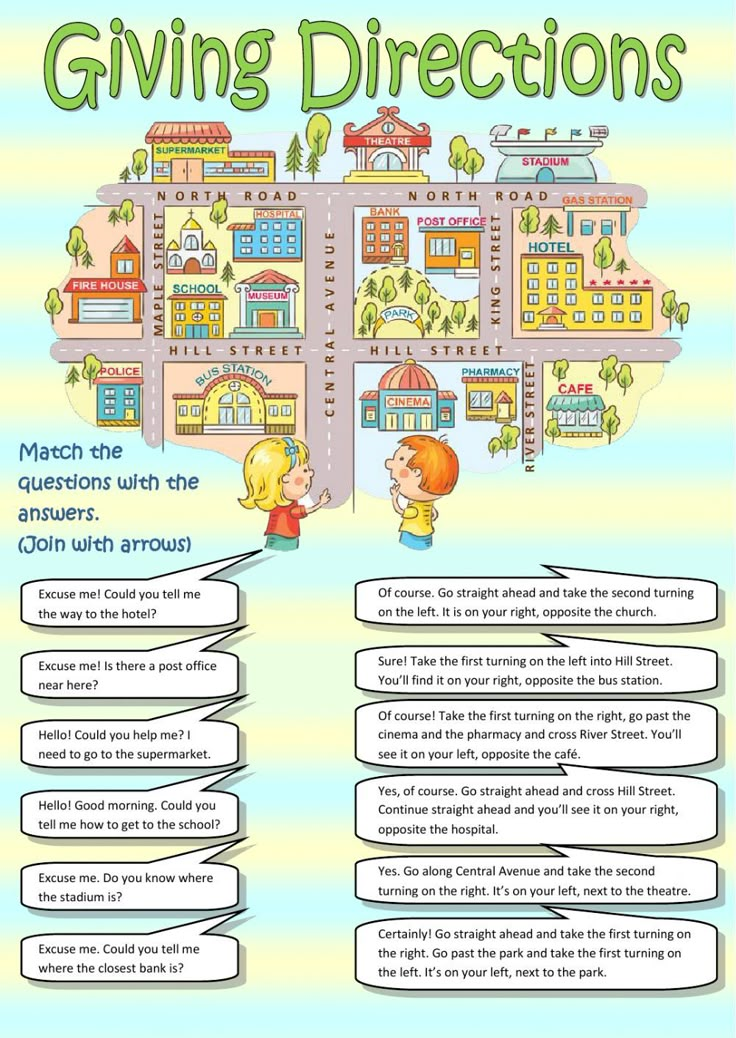 32 841.92] /Contents 193 0 R /group> /Tabs /S /StructParents 84 >> endobj 54 0 obj > /ProcSet [/PDF /Text /ImageB /ImageC /ImageI] >> /MediaBox [0 0 595.32 841.92] /Contents 194 0 R /group> /Tabs /S /StructParents 85 >> endobj 55 0 obj > /ProcSet [/PDF /Text /ImageB /ImageC /ImageI] >> /MediaBox [0 0 595.32 841.92] /Contents 195 0 R /group> /Tabs /S /StructParents 86 >> endobj 56 0 obj > /ProcSet [/PDF /Text /ImageB /ImageC /ImageI] >> /MediaBox[0 0 595.32 841.92] /Contents 196 0R /group> /Tabs /S /StructParents 87 >> endobj 57 0 obj > /ProcSet [/PDF /Text /ImageB /ImageC /ImageI] >> /MediaBox [0 0 595.32 841.92] /Contents 197 0R /group> /Tabs /S /StructParents 88 >> endobj 58 0 obj > /ProcSet [/PDF /Text /ImageB /ImageC /ImageI] >> /MediaBox [0 0 595.32 841.92] /Contents 198 0R /group> /Tabs /S /StructParents 89 >> endobj 59 0 obj > /ProcSet [/PDF /Text /ImageB /ImageC /ImageI] >> /MediaBox[0 0 595.32 841.92] /Contents 199 0 R /group> /Tabs /S /StructParents 90 >> endobj 60 0 obj > /ProcSet [/PDF /Text /ImageB /ImageC /ImageI] >> /MediaBox [0 0 595.
32 841.92] /Contents 193 0 R /group> /Tabs /S /StructParents 84 >> endobj 54 0 obj > /ProcSet [/PDF /Text /ImageB /ImageC /ImageI] >> /MediaBox [0 0 595.32 841.92] /Contents 194 0 R /group> /Tabs /S /StructParents 85 >> endobj 55 0 obj > /ProcSet [/PDF /Text /ImageB /ImageC /ImageI] >> /MediaBox [0 0 595.32 841.92] /Contents 195 0 R /group> /Tabs /S /StructParents 86 >> endobj 56 0 obj > /ProcSet [/PDF /Text /ImageB /ImageC /ImageI] >> /MediaBox[0 0 595.32 841.92] /Contents 196 0R /group> /Tabs /S /StructParents 87 >> endobj 57 0 obj > /ProcSet [/PDF /Text /ImageB /ImageC /ImageI] >> /MediaBox [0 0 595.32 841.92] /Contents 197 0R /group> /Tabs /S /StructParents 88 >> endobj 58 0 obj > /ProcSet [/PDF /Text /ImageB /ImageC /ImageI] >> /MediaBox [0 0 595.32 841.92] /Contents 198 0R /group> /Tabs /S /StructParents 89 >> endobj 59 0 obj > /ProcSet [/PDF /Text /ImageB /ImageC /ImageI] >> /MediaBox[0 0 595.32 841.92] /Contents 199 0 R /group> /Tabs /S /StructParents 90 >> endobj 60 0 obj > /ProcSet [/PDF /Text /ImageB /ImageC /ImageI] >> /MediaBox [0 0 595.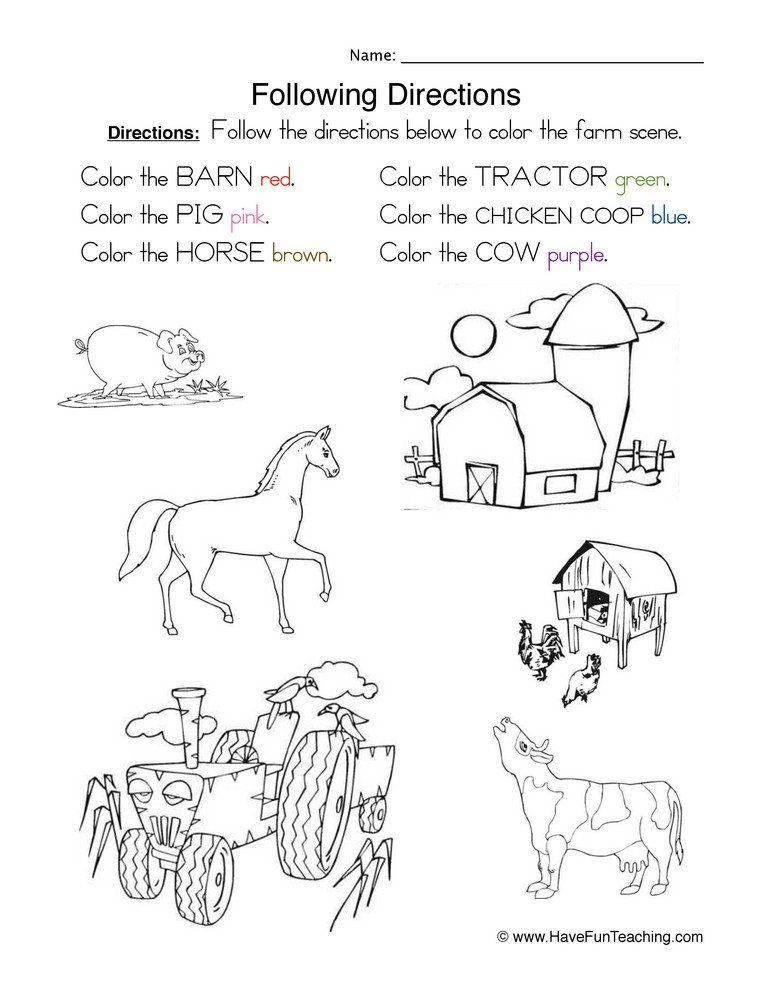 32 841.92] /Contents 200 0 R /group> /Tabs /S /StructParents 91 >> endobj 61 0 obj > /ProcSet [/PDF /Text /ImageB /ImageC /ImageI] >> /MediaBox [0 0 595.32 841.92] /Contents 201 0 R /group> /Tabs /S /StructParents 92 >> endobj 62 0 obj > /ProcSet [/PDF /Text /ImageB /ImageC /ImageI] >> /MediaBox[0 0 595.32 841.92] /Contents 202 0 R /group> /Tabs /S /StructParents 93 >> endobj 63 0 obj > /ProcSet [/PDF /Text /ImageB /ImageC /ImageI] >> /MediaBox [0 0 595.32 841.92] /Contents 203 0 R /group> /Tabs /S /StructParents 94 >> endobj 64 0 obj > /ProcSet [/PDF /Text /ImageB /ImageC /ImageI] >> /MediaBox [0 0 595.32 841.92] /Contents 204 0 R /group> /Tabs /S /StructParents 95 >> endobj 65 0 obj > /ProcSet [/PDF /Text /ImageB /ImageC /ImageI] >> /MediaBox[0 0 595.32 841.92] /Contents 205 0 R /group> /Tabs /S /StructParents 96 >> endobj 66 0 obj > /ProcSet [/PDF /Text /ImageB /ImageC /ImageI] >> /MediaBox [0 0 595.32 841.92] /Contents 206 0R /group> /Tabs /S /StructParents 97 >> endobj 67 0 obj > /ProcSet [/PDF /Text /ImageB /ImageC /ImageI] >> /MediaBox [0 0 595.
32 841.92] /Contents 200 0 R /group> /Tabs /S /StructParents 91 >> endobj 61 0 obj > /ProcSet [/PDF /Text /ImageB /ImageC /ImageI] >> /MediaBox [0 0 595.32 841.92] /Contents 201 0 R /group> /Tabs /S /StructParents 92 >> endobj 62 0 obj > /ProcSet [/PDF /Text /ImageB /ImageC /ImageI] >> /MediaBox[0 0 595.32 841.92] /Contents 202 0 R /group> /Tabs /S /StructParents 93 >> endobj 63 0 obj > /ProcSet [/PDF /Text /ImageB /ImageC /ImageI] >> /MediaBox [0 0 595.32 841.92] /Contents 203 0 R /group> /Tabs /S /StructParents 94 >> endobj 64 0 obj > /ProcSet [/PDF /Text /ImageB /ImageC /ImageI] >> /MediaBox [0 0 595.32 841.92] /Contents 204 0 R /group> /Tabs /S /StructParents 95 >> endobj 65 0 obj > /ProcSet [/PDF /Text /ImageB /ImageC /ImageI] >> /MediaBox[0 0 595.32 841.92] /Contents 205 0 R /group> /Tabs /S /StructParents 96 >> endobj 66 0 obj > /ProcSet [/PDF /Text /ImageB /ImageC /ImageI] >> /MediaBox [0 0 595.32 841.92] /Contents 206 0R /group> /Tabs /S /StructParents 97 >> endobj 67 0 obj > /ProcSet [/PDF /Text /ImageB /ImageC /ImageI] >> /MediaBox [0 0 595.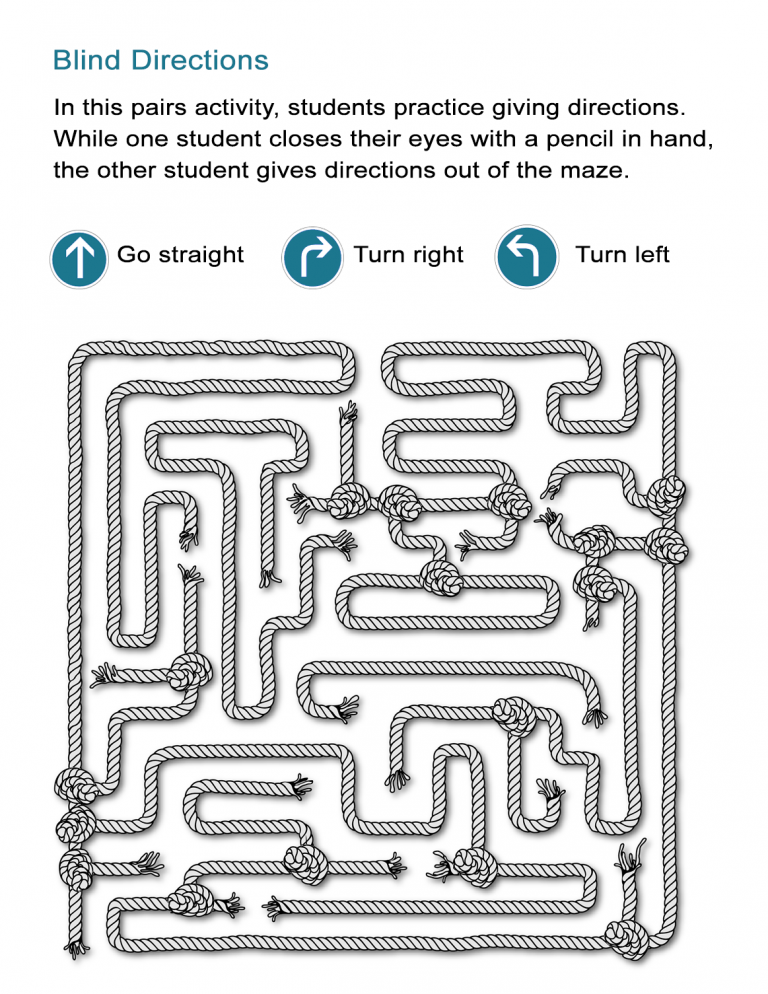 32 841.92] /Contents 207 0 R /group> /Tabs /S /StructParents 98 >> endobj 68 0 obj > /ProcSet [/PDF /Text /ImageB /ImageC /ImageI] >> /MediaBox[0 0 595.32 841.92] /Contents 208 0 R /group> /Tabs /S /StructParents 99 >> endobj 69 0 obj > /ProcSet [/PDF /Text /ImageB /ImageC /ImageI] >> /MediaBox [0 0 595.32 841.92] /Contents 209 0 R /group> /Tabs /S /StructParents 100 >> endobj 70 0 obj > /ProcSet [/PDF /Text /ImageB /ImageC /ImageI] >> /MediaBox [0 0 595.32 841.92] /Contents 210 0 R /group> /Tabs /S /StructParents 101 >> endobj 71 0 obj > /ProcSet [/PDF /Text /ImageB /ImageC /ImageI] >> /MediaBox[0 0 595.32 841.92] /Contents 211 0 R /group> /Tabs /S /StructParents 102 >> endobj 72 0 obj > /ProcSet [/PDF /Text /ImageB /ImageC /ImageI] >> /MediaBox [0 0 595.32 841.92] /Contents 212 0 R /group> /Tabs /S /StructParents 103 >> endobj 73 0 obj > /ProcSet [/PDF /Text /ImageB /ImageC /ImageI] >> /MediaBox [0 0 595.32 841.92] /Contents 215 0 R /group> /Tabs /S /StructParents 1 >> endobj 74 0 obj > /ProcSet [/PDF /Text /ImageB /ImageC /ImageI] >> /MediaBox[0 0 595.
32 841.92] /Contents 207 0 R /group> /Tabs /S /StructParents 98 >> endobj 68 0 obj > /ProcSet [/PDF /Text /ImageB /ImageC /ImageI] >> /MediaBox[0 0 595.32 841.92] /Contents 208 0 R /group> /Tabs /S /StructParents 99 >> endobj 69 0 obj > /ProcSet [/PDF /Text /ImageB /ImageC /ImageI] >> /MediaBox [0 0 595.32 841.92] /Contents 209 0 R /group> /Tabs /S /StructParents 100 >> endobj 70 0 obj > /ProcSet [/PDF /Text /ImageB /ImageC /ImageI] >> /MediaBox [0 0 595.32 841.92] /Contents 210 0 R /group> /Tabs /S /StructParents 101 >> endobj 71 0 obj > /ProcSet [/PDF /Text /ImageB /ImageC /ImageI] >> /MediaBox[0 0 595.32 841.92] /Contents 211 0 R /group> /Tabs /S /StructParents 102 >> endobj 72 0 obj > /ProcSet [/PDF /Text /ImageB /ImageC /ImageI] >> /MediaBox [0 0 595.32 841.92] /Contents 212 0 R /group> /Tabs /S /StructParents 103 >> endobj 73 0 obj > /ProcSet [/PDF /Text /ImageB /ImageC /ImageI] >> /MediaBox [0 0 595.32 841.92] /Contents 215 0 R /group> /Tabs /S /StructParents 1 >> endobj 74 0 obj > /ProcSet [/PDF /Text /ImageB /ImageC /ImageI] >> /MediaBox[0 0 595.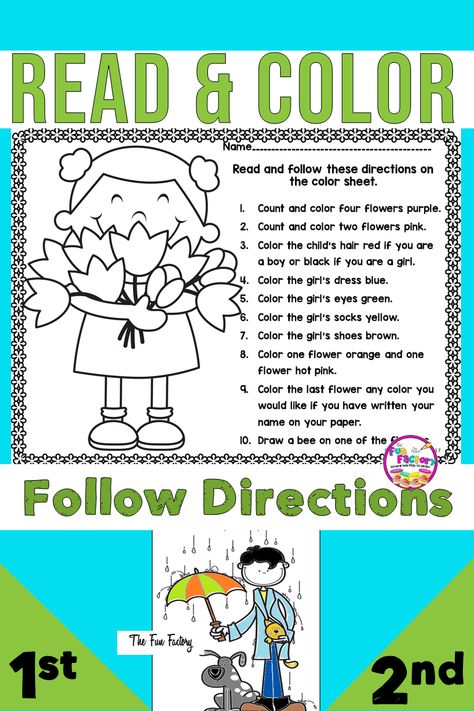 32 841.92] /Contents 216 0R /group> /Tabs /S /StructParents 104 >> endobj 75 0 obj > /ProcSet [/PDF /Text /ImageB /ImageC /ImageI] >> /MediaBox [0 0 595.32 841.92] /Contents 217 0R /group> /Tabs /S /StructParents 105 >> endobj 76 0 obj > /ProcSet [/PDF /Text /ImageB /ImageC /ImageI] >> /MediaBox [0 0 595.32 841.92] /Contents 218 0R /group> /Tabs /S /StructParents 106 >> endobj 77 0 obj > /ProcSet [/PDF /Text /ImageB /ImageC /ImageI] >> /MediaBox[0 0 595.32 841.92] /Contents 220 0 R /group> /Tabs /S /StructParents 107 >> endobj 78 0 obj > /ProcSet [/PDF /Text /ImageB /ImageC /ImageI] >> /MediaBox [0 0 595.32 841.92] /Contents 221 0 R /group> /Tabs /S /StructParents 108 >> endobj 79 0 obj > /ProcSet [/PDF /Text /ImageB /ImageC /ImageI] >> /MediaBox [0 0 595.32 841.92] /Contents 222 0 R /group> /Tabs /S /StructParents 109 >> endobj 80 0 obj > /ProcSet [/PDF /Text /ImageB /ImageC /ImageI] >> /MediaBox[0 0 595.32 841.92] /Contents 223 0 R /group> /Tabs /S /StructParents 110 >> endobj 81 0 obj > /ProcSet [/PDF /Text /ImageB /ImageC /ImageI] >> /MediaBox [0 0 595.
32 841.92] /Contents 216 0R /group> /Tabs /S /StructParents 104 >> endobj 75 0 obj > /ProcSet [/PDF /Text /ImageB /ImageC /ImageI] >> /MediaBox [0 0 595.32 841.92] /Contents 217 0R /group> /Tabs /S /StructParents 105 >> endobj 76 0 obj > /ProcSet [/PDF /Text /ImageB /ImageC /ImageI] >> /MediaBox [0 0 595.32 841.92] /Contents 218 0R /group> /Tabs /S /StructParents 106 >> endobj 77 0 obj > /ProcSet [/PDF /Text /ImageB /ImageC /ImageI] >> /MediaBox[0 0 595.32 841.92] /Contents 220 0 R /group> /Tabs /S /StructParents 107 >> endobj 78 0 obj > /ProcSet [/PDF /Text /ImageB /ImageC /ImageI] >> /MediaBox [0 0 595.32 841.92] /Contents 221 0 R /group> /Tabs /S /StructParents 108 >> endobj 79 0 obj > /ProcSet [/PDF /Text /ImageB /ImageC /ImageI] >> /MediaBox [0 0 595.32 841.92] /Contents 222 0 R /group> /Tabs /S /StructParents 109 >> endobj 80 0 obj > /ProcSet [/PDF /Text /ImageB /ImageC /ImageI] >> /MediaBox[0 0 595.32 841.92] /Contents 223 0 R /group> /Tabs /S /StructParents 110 >> endobj 81 0 obj > /ProcSet [/PDF /Text /ImageB /ImageC /ImageI] >> /MediaBox [0 0 595.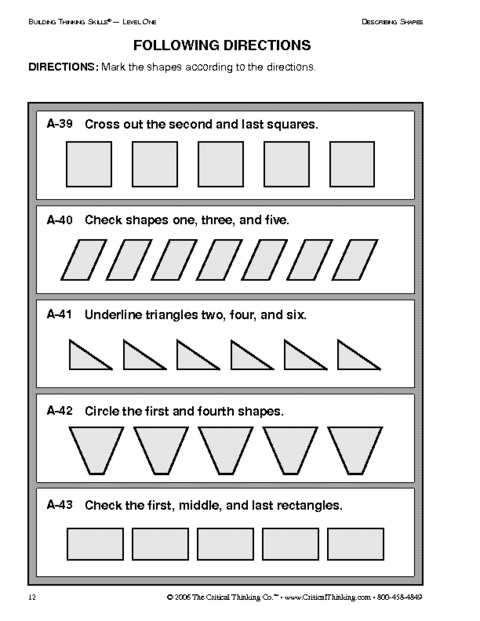 32 841.92] /Contents 224 0 R /group> /Tabs /S /StructParents 111 >> endobj 82 0 obj > /ProcSet [/PDF /Text /ImageB /ImageC /ImageI] >> /MediaBox [0 0 595.32 841.92] /Contents 225 0 R /group> /Tabs /S /StructParents 112 >> endobj 83 0 obj > /ProcSet [/PDF /Text /ImageB /ImageC /ImageI] >> /MediaBox[0 0 595.32 841.92] /Contents 226 0R /group> /Tabs /S /StructParents 113 >> endobj 84 0 obj > /ProcSet [/PDF /Text /ImageB /ImageC /ImageI] >> /MediaBox [0 0 841.92 595.32] /Contents 227 0 R /group> /Tabs /S /StructParents 114 >> endobj 85 0 obj > /ProcSet [/PDF /Text /ImageB /ImageC /ImageI] >> /MediaBox [0 0 841.92 595.32] /Contents 228 0 R /group> /Tabs /S /StructParents 115 >> endobj 86 0 obj > /ProcSet [/PDF /Text /ImageB /ImageC /ImageI] >> /MediaBox[0 0 595.32 841.92] /Contents 229 0 R /group> /Tabs /S /StructParents 116 >> endobj 87 0 obj > /ProcSet [/PDF /Text /ImageB /ImageC /ImageI] >> /MediaBox [0 0 595.32 841.92] /Contents 230 0R /group> /Tabs /S /StructParents 117 >> endobj 88 0 obj > /ProcSet [/PDF /Text /ImageB /ImageC /ImageI] >> /MediaBox [0 0 595.
32 841.92] /Contents 224 0 R /group> /Tabs /S /StructParents 111 >> endobj 82 0 obj > /ProcSet [/PDF /Text /ImageB /ImageC /ImageI] >> /MediaBox [0 0 595.32 841.92] /Contents 225 0 R /group> /Tabs /S /StructParents 112 >> endobj 83 0 obj > /ProcSet [/PDF /Text /ImageB /ImageC /ImageI] >> /MediaBox[0 0 595.32 841.92] /Contents 226 0R /group> /Tabs /S /StructParents 113 >> endobj 84 0 obj > /ProcSet [/PDF /Text /ImageB /ImageC /ImageI] >> /MediaBox [0 0 841.92 595.32] /Contents 227 0 R /group> /Tabs /S /StructParents 114 >> endobj 85 0 obj > /ProcSet [/PDF /Text /ImageB /ImageC /ImageI] >> /MediaBox [0 0 841.92 595.32] /Contents 228 0 R /group> /Tabs /S /StructParents 115 >> endobj 86 0 obj > /ProcSet [/PDF /Text /ImageB /ImageC /ImageI] >> /MediaBox[0 0 595.32 841.92] /Contents 229 0 R /group> /Tabs /S /StructParents 116 >> endobj 87 0 obj > /ProcSet [/PDF /Text /ImageB /ImageC /ImageI] >> /MediaBox [0 0 595.32 841.92] /Contents 230 0R /group> /Tabs /S /StructParents 117 >> endobj 88 0 obj > /ProcSet [/PDF /Text /ImageB /ImageC /ImageI] >> /MediaBox [0 0 595.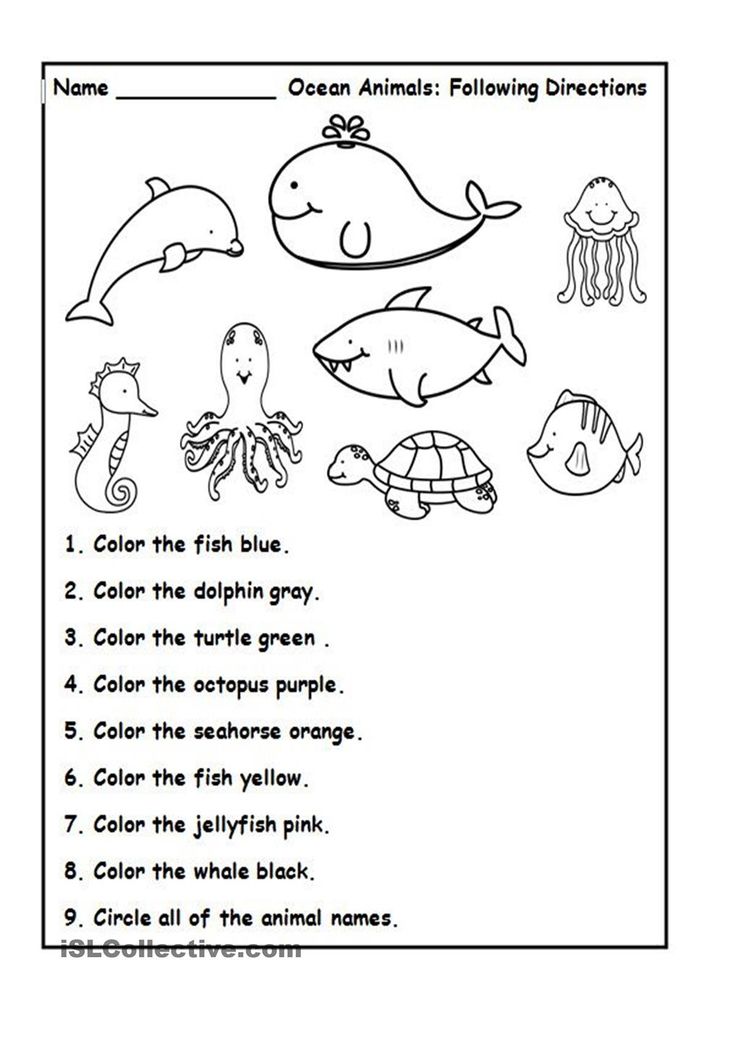 32 841.92] /Contents 232 0R /group> /Tabs /S /StructParents 118 >> endobj 89 0 obj > /ProcSet [/PDF /Text /ImageB /ImageC /ImageI] >> /MediaBox[0 0 595.32 841.92] /Contents 233 0R /group> /Tabs /S /StructParents 119 >> endobj 90 0 obj > /ProcSet [/PDF /Text /ImageB /ImageC /ImageI] >> /MediaBox [0 0 595.32 841.92] /Contents 234 0 R /group> /Tabs /S /StructParents 120 >> endobj 91 0 obj > /XObject> /ProcSet [/PDF /Text /ImageB /ImageC /ImageI] >> /MediaBox [0 0 595.32 841.92] /Contents 236 0 R /group> /Tabs /S /StructParents 2 >> endobj 92 0 obj > /XObject> /ProcSet [/PDF /Text /ImageB /ImageC /ImageI] >> /MediaBox[0 0 595.32 841.92] /Contents 238 0 R /group> /Tabs /S /StructParents 3 >> endobj 93 0 obj > endobj 94 0 obj > endobj 95 0 obj > endobj 96 0 obj > endobj 97 0 obj > endobj 98 0 obj > endobj 99 0 obj > endobj 100 0 obj > endobj 101 0 obj > endobj 102 0 obj > endobj 103 0 obj > stream x
32 841.92] /Contents 232 0R /group> /Tabs /S /StructParents 118 >> endobj 89 0 obj > /ProcSet [/PDF /Text /ImageB /ImageC /ImageI] >> /MediaBox[0 0 595.32 841.92] /Contents 233 0R /group> /Tabs /S /StructParents 119 >> endobj 90 0 obj > /ProcSet [/PDF /Text /ImageB /ImageC /ImageI] >> /MediaBox [0 0 595.32 841.92] /Contents 234 0 R /group> /Tabs /S /StructParents 120 >> endobj 91 0 obj > /XObject> /ProcSet [/PDF /Text /ImageB /ImageC /ImageI] >> /MediaBox [0 0 595.32 841.92] /Contents 236 0 R /group> /Tabs /S /StructParents 2 >> endobj 92 0 obj > /XObject> /ProcSet [/PDF /Text /ImageB /ImageC /ImageI] >> /MediaBox[0 0 595.32 841.92] /Contents 238 0 R /group> /Tabs /S /StructParents 3 >> endobj 93 0 obj > endobj 94 0 obj > endobj 95 0 obj > endobj 96 0 obj > endobj 97 0 obj > endobj 98 0 obj > endobj 99 0 obj > endobj 100 0 obj > endobj 101 0 obj > endobj 102 0 obj > endobj 103 0 obj > stream x Educational standards
The federal state educational standard is a set of mandatory requirements for preschool education.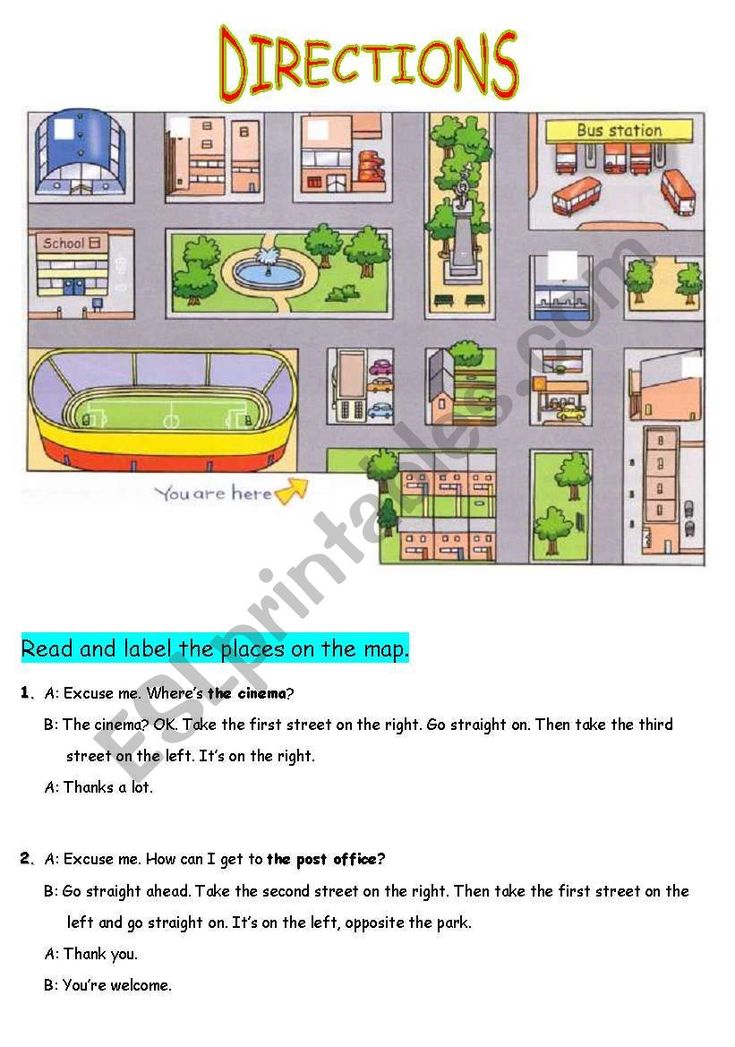
The subject of regulation of the Federal State Educational Standard is the relationship in the field of education arising from the implementation of the educational program of preschool education (hereinafter referred to as the Program).
GEF was developed on the basis of the Constitution of the Russian Federation and the laws of the Russian Federation and taking into account the UN Convention on the Rights of the Child.
GEF aims to achieve the following goals:
-
raising the social status of preschool education;
-
ensuring by the state of equal opportunities for every child in obtaining a quality pre-school education;
-
providing state guarantees of the level and quality of preschool education based on the unity of mandatory requirements for the conditions for the implementation of educational programs for preschool education, their structure and the results of their development;
-
maintaining the unity of the educational space of the Russian Federation regarding the level of preschool education.
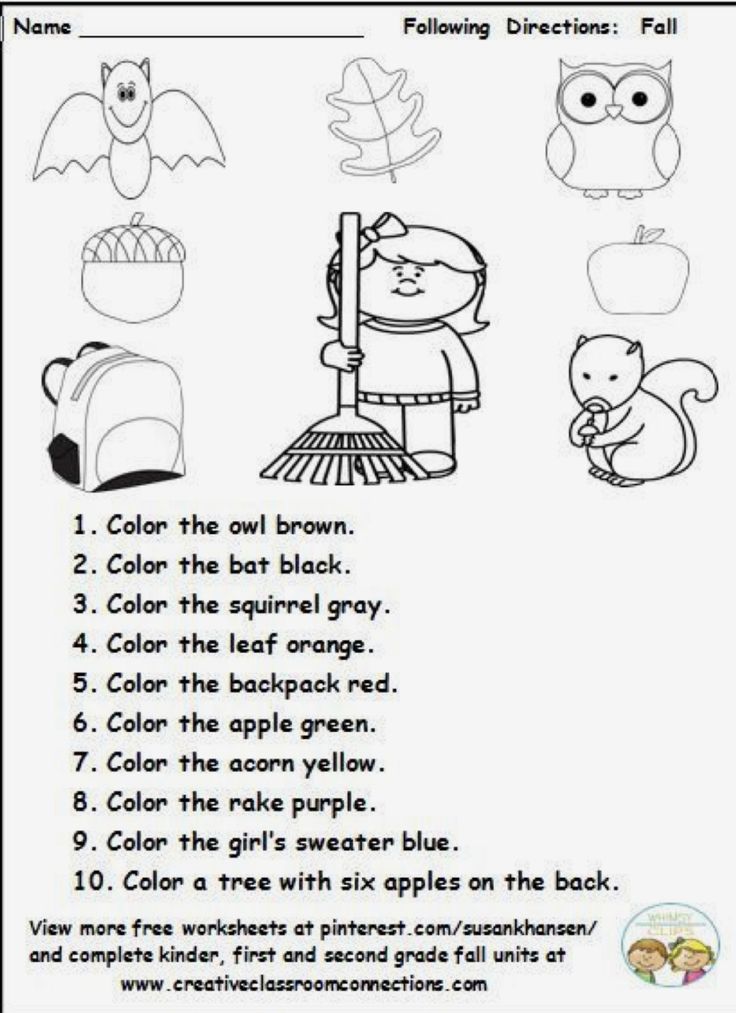
The content of the Program should ensure the development of the personality, motivation and abilities of children in various activities and cover the following structural units representing certain areas of development and education of children (hereinafter referred to as educational areas):
-
social and communicative development;
-
cognitive development;
-
speech development;
-
artistic and aesthetic development;
-
physical development.
Social and communicative development is aimed at mastering the norms and values accepted in society, including moral and ethical values; development of communication and interaction of the child with adults and peers; the formation of independence, purposefulness and self-regulation of one's own actions; development of social and emotional intelligence, emotional responsiveness, empathy, the formation of readiness for joint activities with peers, the formation of a respectful attitude and a sense of belonging to one's family and the community of children and adults in the Organization; the formation of positive attitudes towards various types of work and creativity; formation of the foundations of safe behavior in everyday life, society, nature.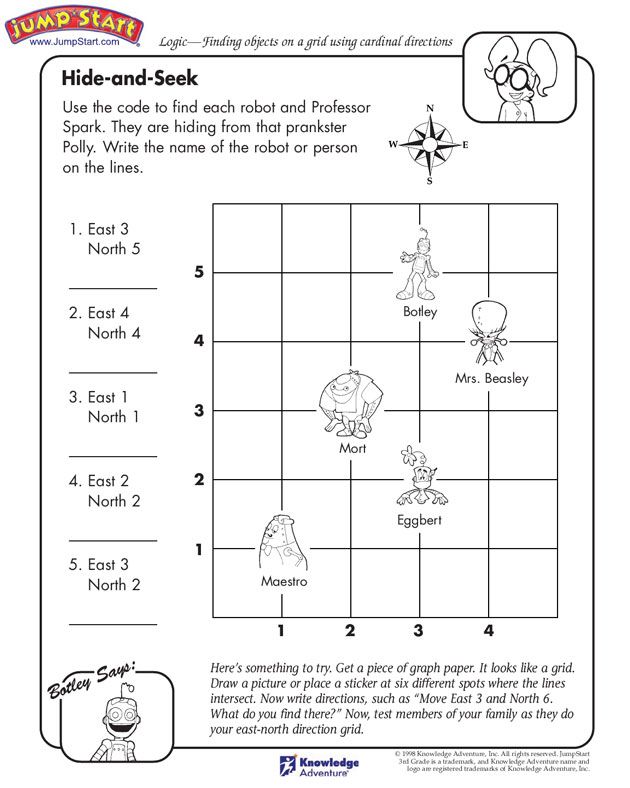
Cognitive development involves the development of children's interests, curiosity and cognitive motivation; the formation of cognitive actions, the formation of consciousness; development of imagination and creative activity; the formation of primary ideas about oneself, other people, objects of the surrounding world, about the properties and relations of objects of the surrounding world (shape, color, size, material, sound, rhythm, tempo, quantity, number, part and whole, space and time, movement and rest , causes and consequences, etc.), about the small homeland and Fatherland, the idea of the socio-cultural values of our people, about domestic traditions and holidays, about the planet Earth as a common home of people, about the features of its nature, the diversity of countries and peoples of the world.
Speech development includes mastery of speech as a means of communication and culture; enrichment of the active dictionary; development of coherent, grammatically correct dialogic and monologue speech; development of speech creativity; development of sound and intonation culture of speech, phonemic hearing; acquaintance with book culture, children's literature, listening to the texts of various genres of children's literature; formation of sound analytic-synthetic activity as a prerequisite for learning to read and write.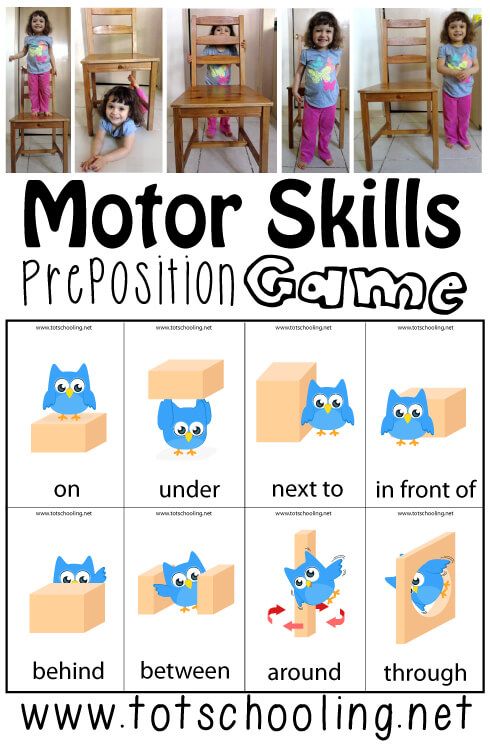
Artistic and aesthetic development involves the development of the prerequisites for the value-semantic perception and understanding of works of art (verbal, musical, visual), the natural world; the formation of an aesthetic attitude to the world around; the formation of elementary ideas about the types of art; perception of music, fiction, folklore; stimulation of empathy for the characters of works of art; implementation of independent creative activity of children (fine, constructive-model, musical, etc.)
Physical development includes the acquisition of experience in the following types of children's activities: motor activities, including those associated with the implementation of exercises aimed at developing such physical qualities as coordination and flexibility; contributing to the correct formation of the musculoskeletal system of the body, the development of balance, coordination of movement, large and small motor skills of both hands, as well as the correct performance of basic movements that do not harm the body (walking, running, soft jumps, turns in both directions), the formation initial ideas about some sports, mastering outdoor games with rules; the formation of purposefulness and self-regulation in the motor sphere; formation of the values of a healthy lifestyle, mastering its elementary norms and rules (in nutrition, motor mode, hardening, in the formation of good habits, etc.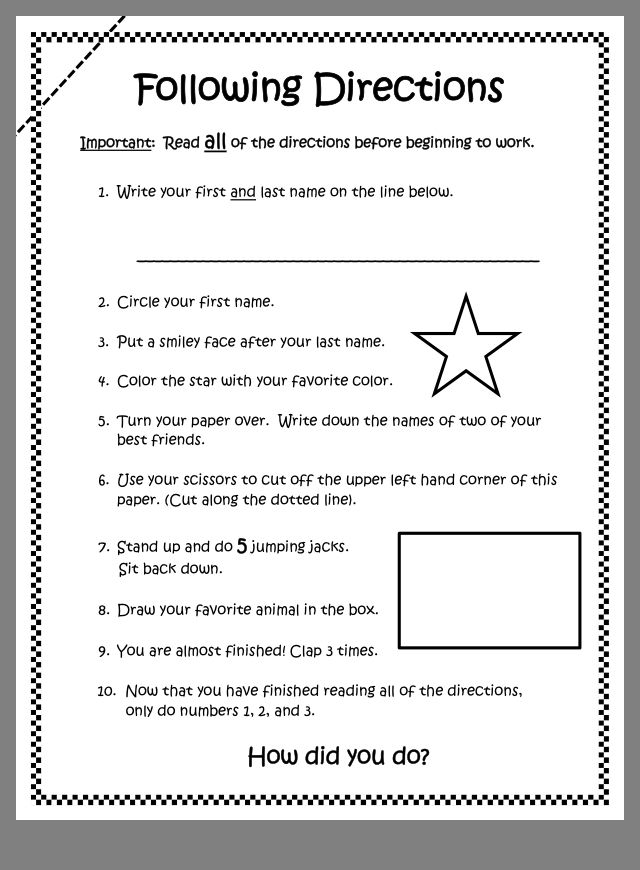 )
)
The specific content of these educational areas depends on the age and individual characteristics of children, is determined by the goals and objectives of the Program and can be implemented in various types of activities (communication, play, cognitive research activities - as through mechanisms of child development):
at an early age (1 year - 3 years) - object activities and games with compound and dynamic toys; experimenting with materials and substances (sand, water, dough, etc.), communication with an adult and joint games with peers under the guidance of an adult, self-service and actions with household items-tools (spoon, scoop, spatula, etc.), perception of the meaning of music , fairy tales, poems, viewing pictures, physical activity;
for preschool children (3 years - 8 years old) - a range of activities, such as games, including a story-game game, a game with rules and other types of games, communicative (communication and interaction with adults and peers), cognitive research (research of objects of the surrounding world and experimentation with them), as well as the perception of fiction and folklore, self-service and elementary household work (indoors and outdoors), construction from various materials, including designers, modules, paper, natural and other material, visual (drawing, modeling, appliqué), musical (perception and understanding of the meaning of musical works, singing, musical and rhythmic movements, playing children's musical instruments) and motor (mastery of basic movements) forms of activity of the child.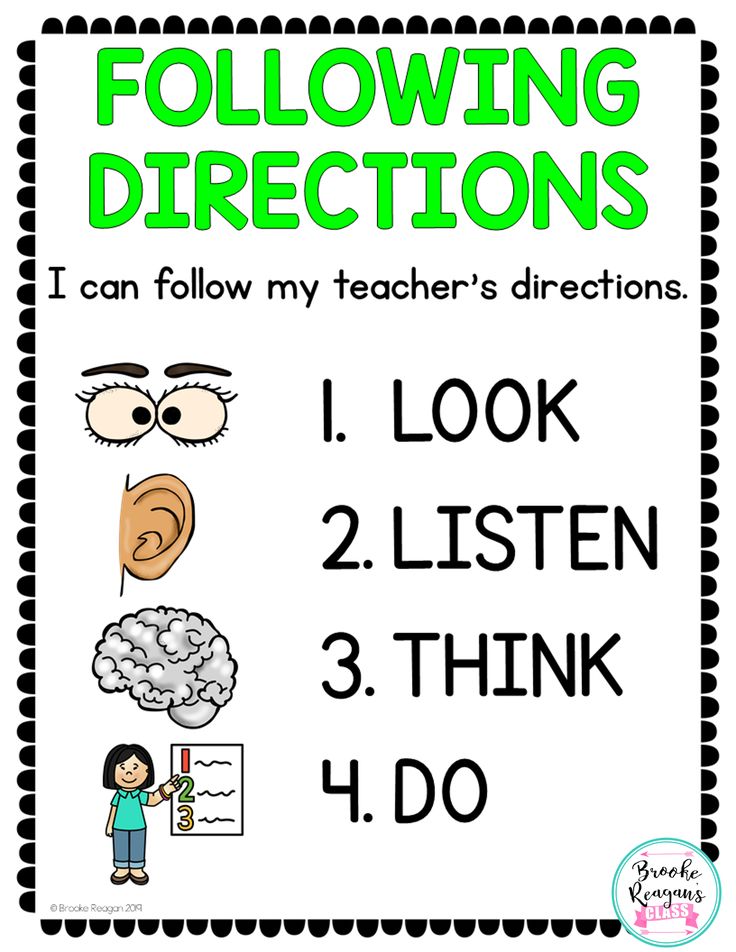
The targets for preschool education include the following social and normative age characteristics of a child's possible achievements:
the child is interested in surrounding objects and actively acts with them; emotionally involved in actions with toys and other objects, strives to be persistent in achieving the result of their actions; uses specific, culturally fixed objective actions, knows the purpose of household items (spoons, combs, pencils, etc.) and knows how to use them. Possesses the simplest self-service skills; strive to show independence in everyday and play behavior; owns active speech included in communication; can address questions and requests, understands the speech of adults; knows the names of surrounding objects and toys; seek to communicate with adults and actively imitate them in movements and actions; there are games in which the child reproduces the actions of an adult; shows interest in peers; observes their actions and imitates them; shows interest in poetry, songs and fairy tales, looking at pictures, striving to move to music; responds emotionally to various works of culture and art; the child has developed gross motor skills, he strives to master various types of movement (running, climbing, stepping over, etc. Pre-school Completion Targets: the child masters the main cultural methods of activity, shows initiative and independence in various types of activity - play, communication, cognitive research activities, design, etc.; is able to choose his occupation, participants in joint activities; the child has a positive attitude to the world, to different types of work, to other people and to himself, has a sense of his own dignity; actively interacts with peers and adults, participates in joint games. Able to negotiate, take into account the interests and feelings of others, empathize with the failures and rejoice in the successes of others, adequately shows his feelings, including a sense of faith in himself, tries to resolve conflicts; the child has a developed imagination, which is realized in various activities, and above all in the game; the child owns different forms and types of play, distinguishes between conditional and real situations, knows how to obey different rules and social norms; the child speaks well enough, can express his thoughts and desires, can use speech to express his thoughts, feelings and desires, build a speech statement in a communication situation, can distinguish sounds in words, the child develops the prerequisites for literacy; the child has developed large and fine motor skills; he is mobile, enduring, masters the basic movements, can control his movements and manage them; the child is capable of strong-willed efforts, can follow social norms of behavior and rules in various activities, in relationships with adults and peers, can follow the rules of safe behavior and personal hygiene; the child shows curiosity, asks questions to adults and peers, is interested in causal relationships, tries to independently come up with explanations for natural phenomena and people's actions; inclined to observe, experiment. ).

